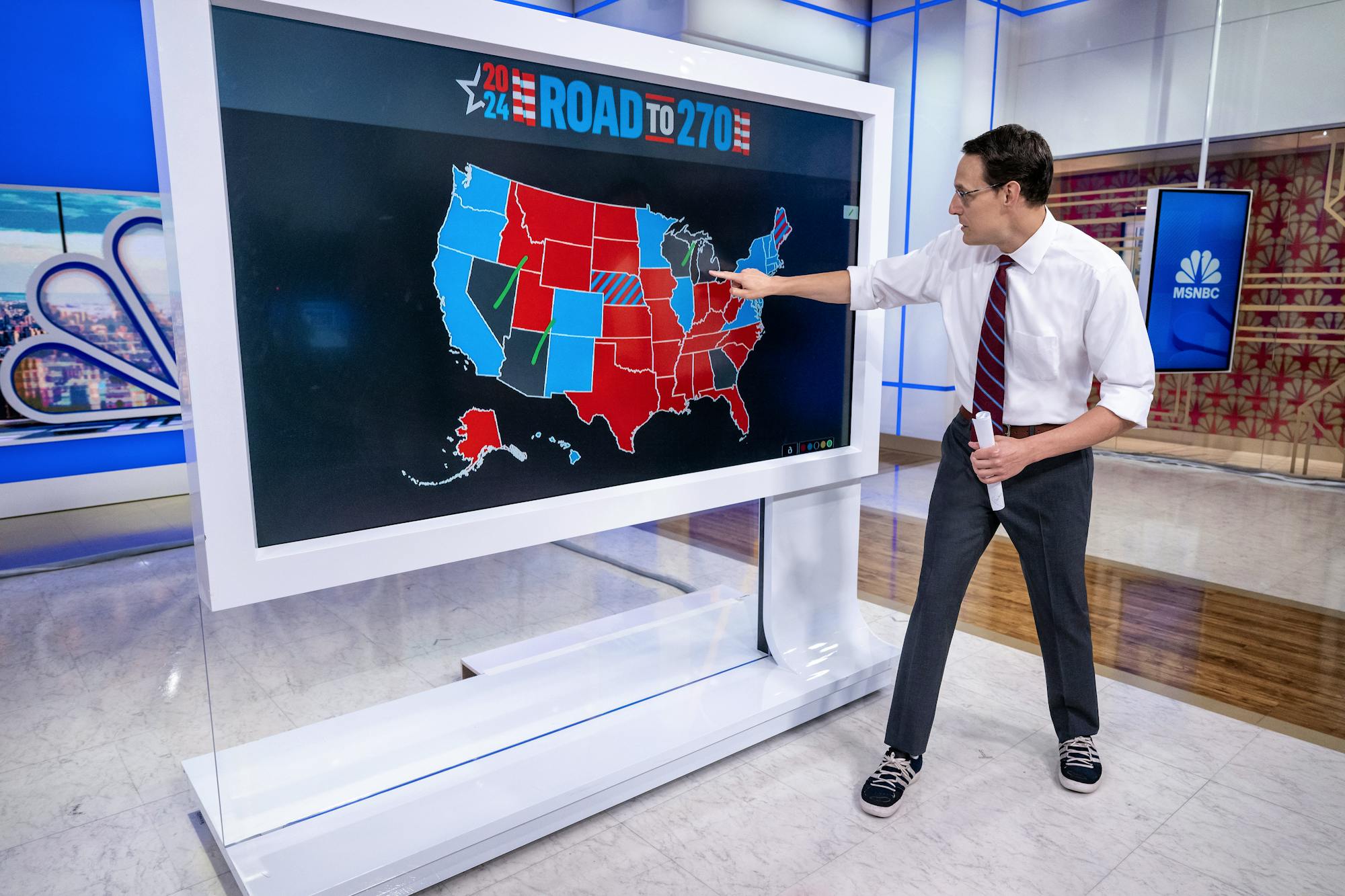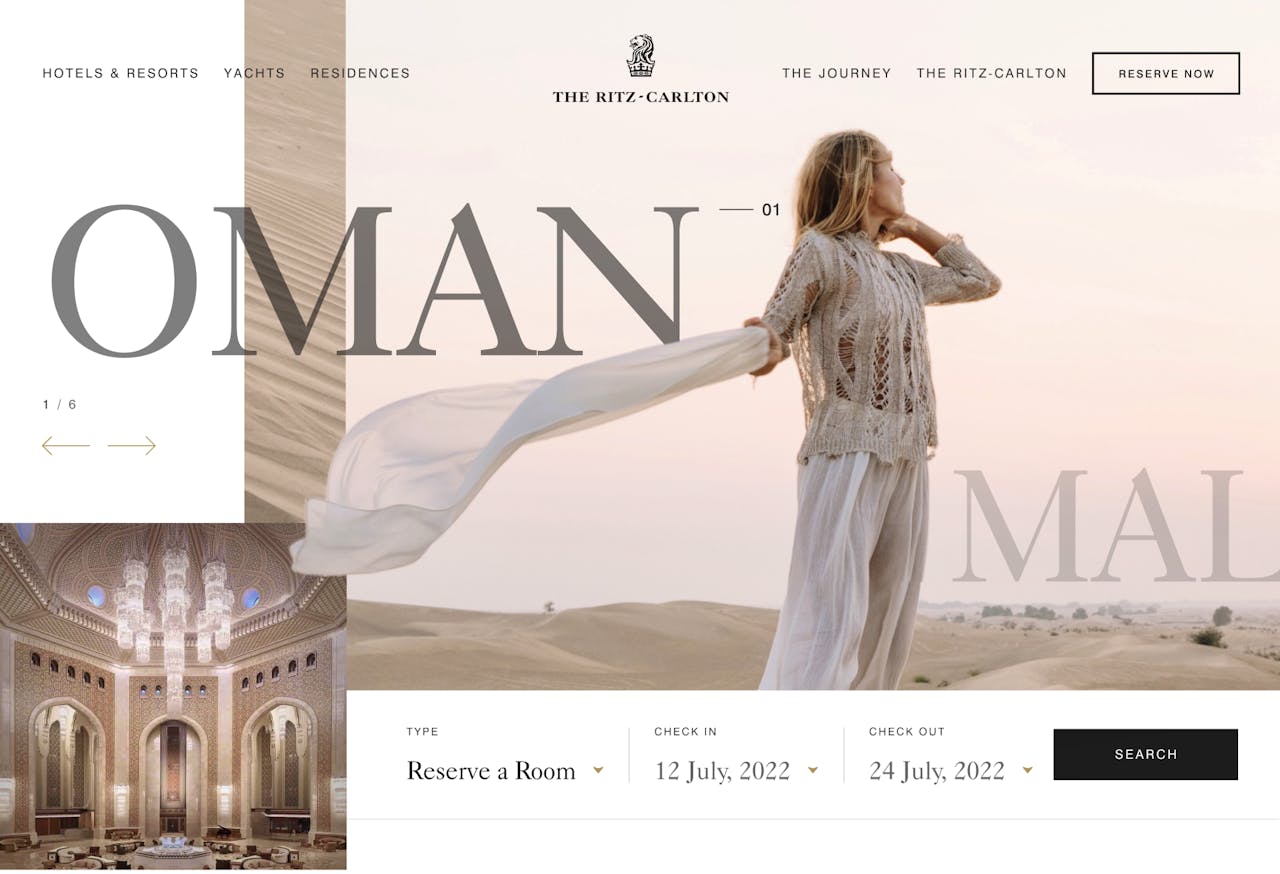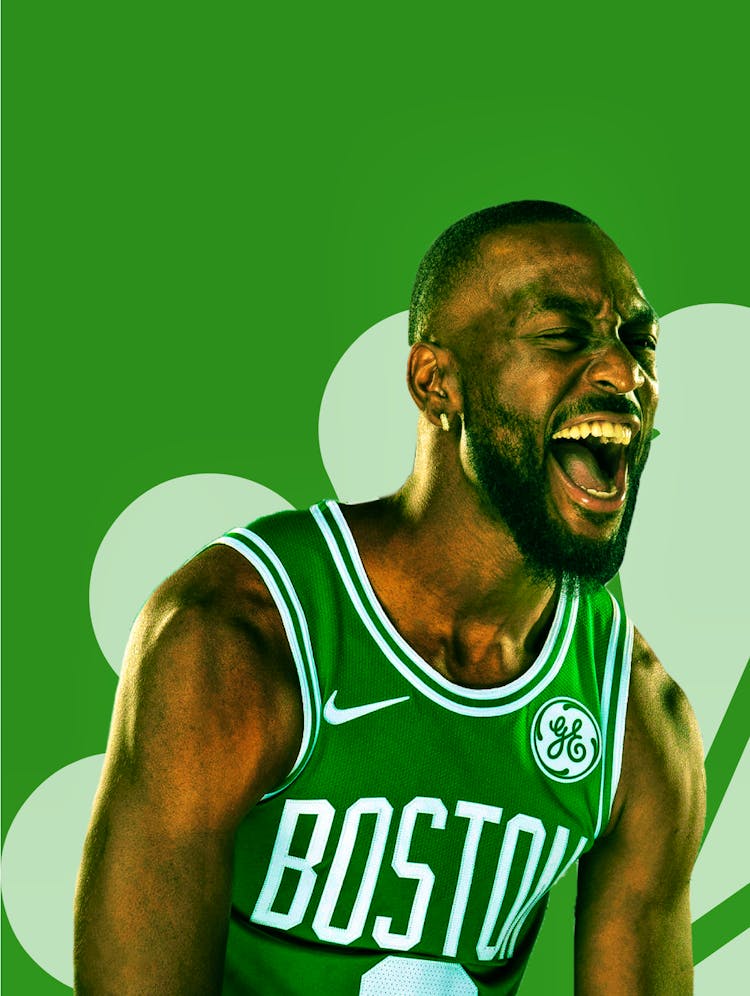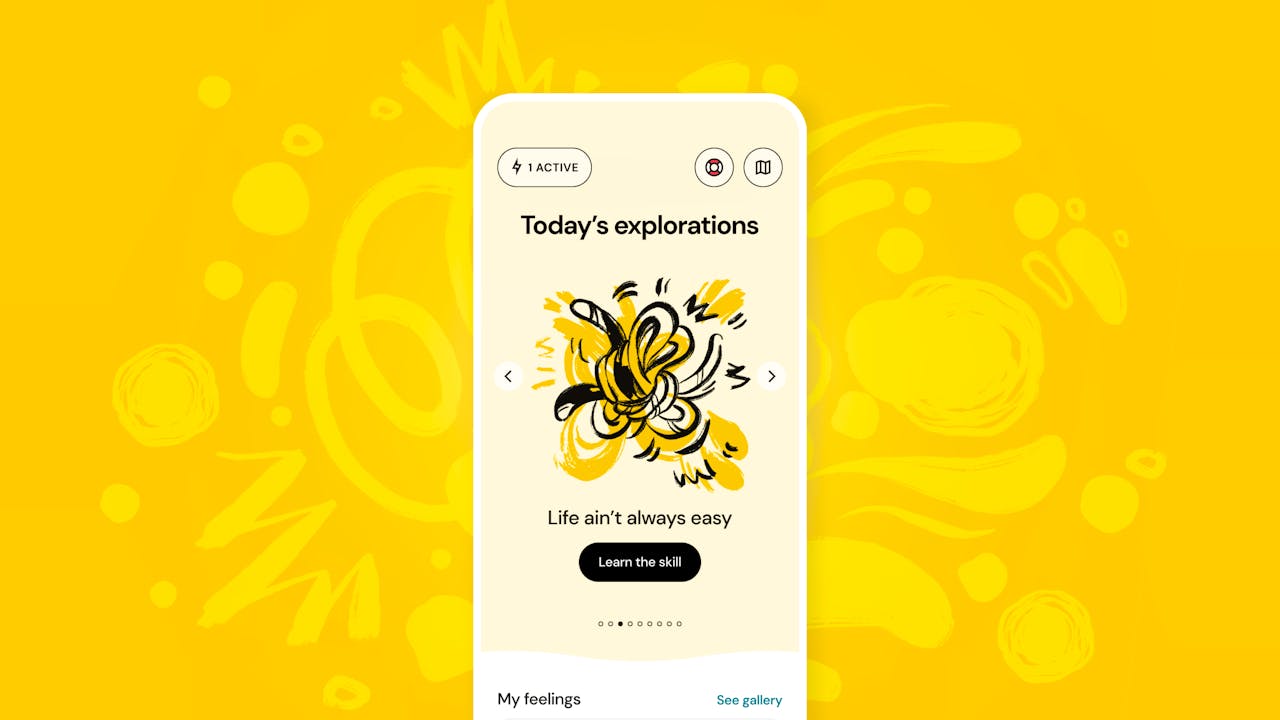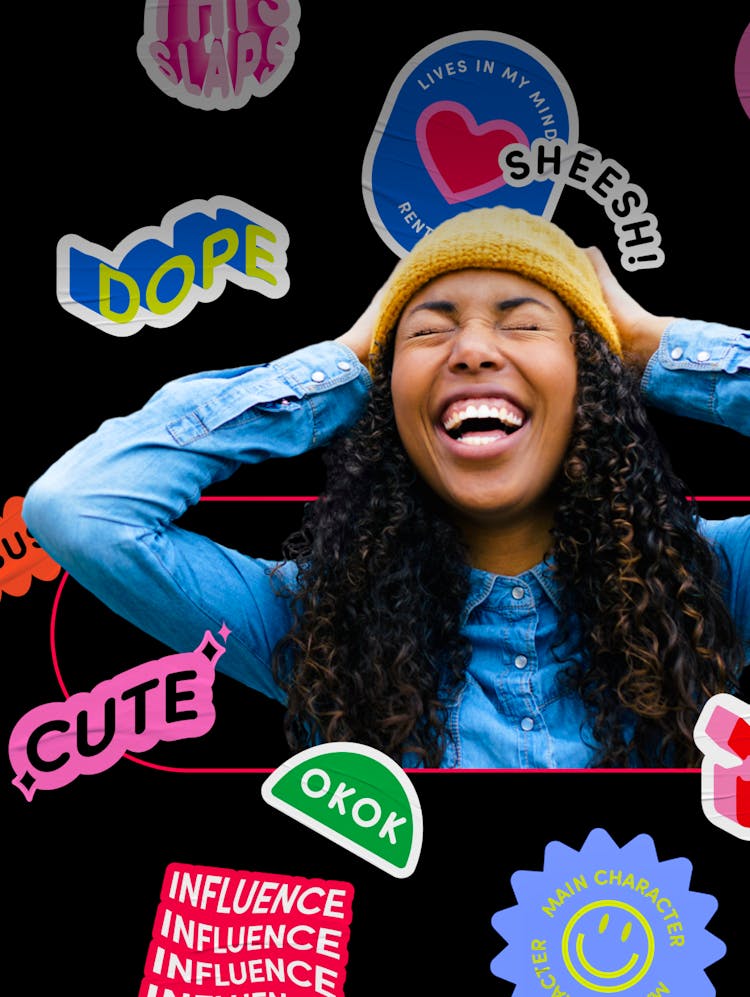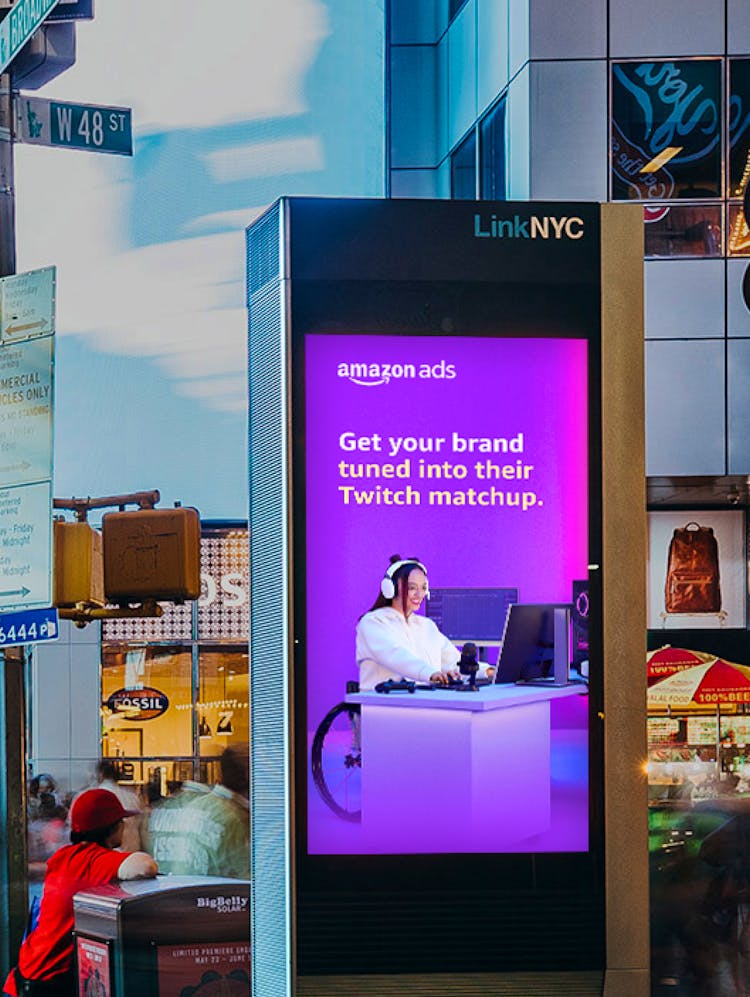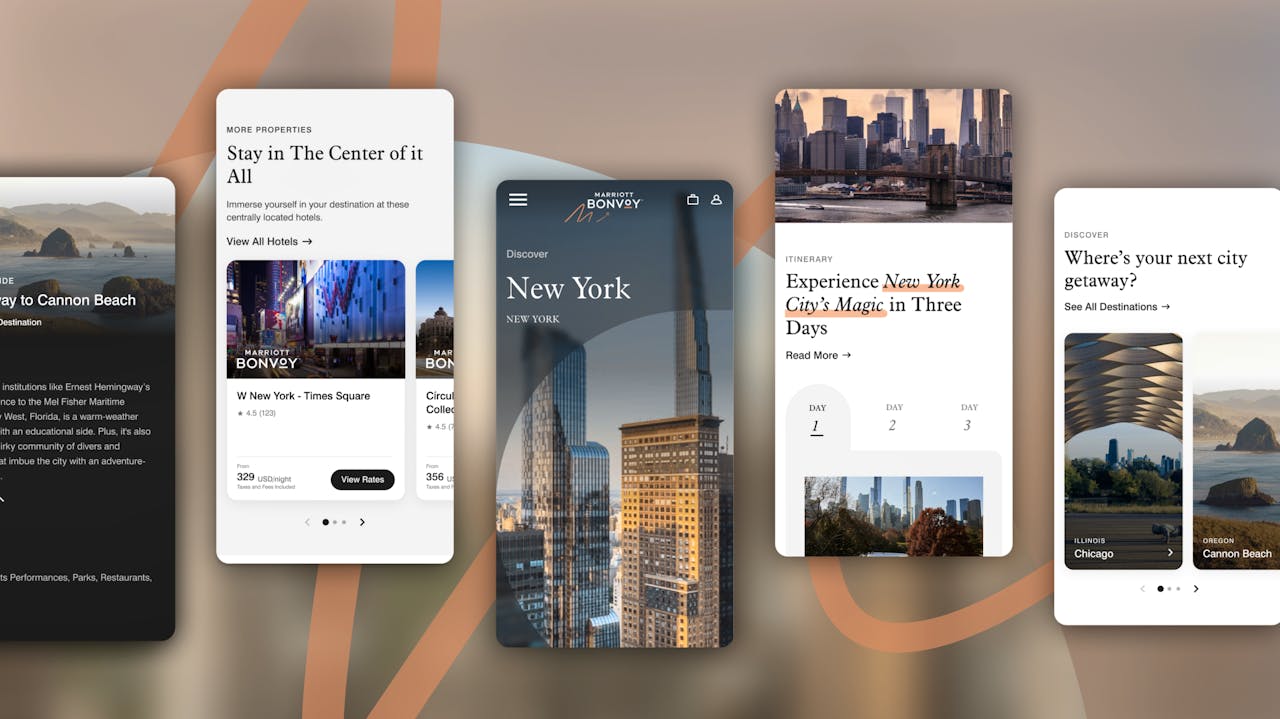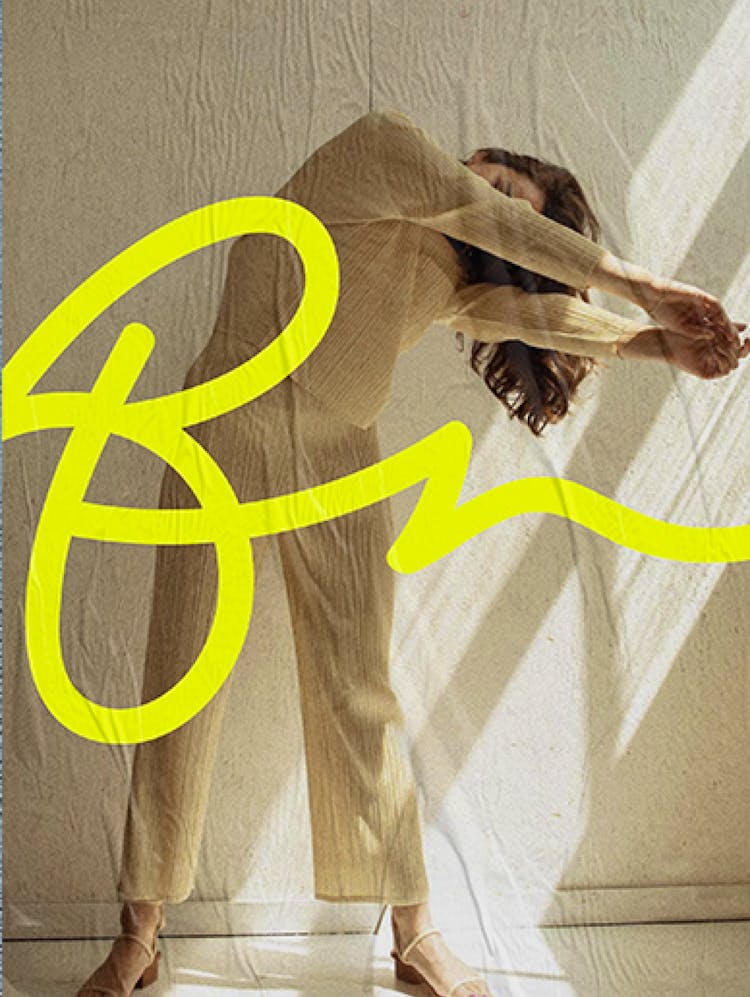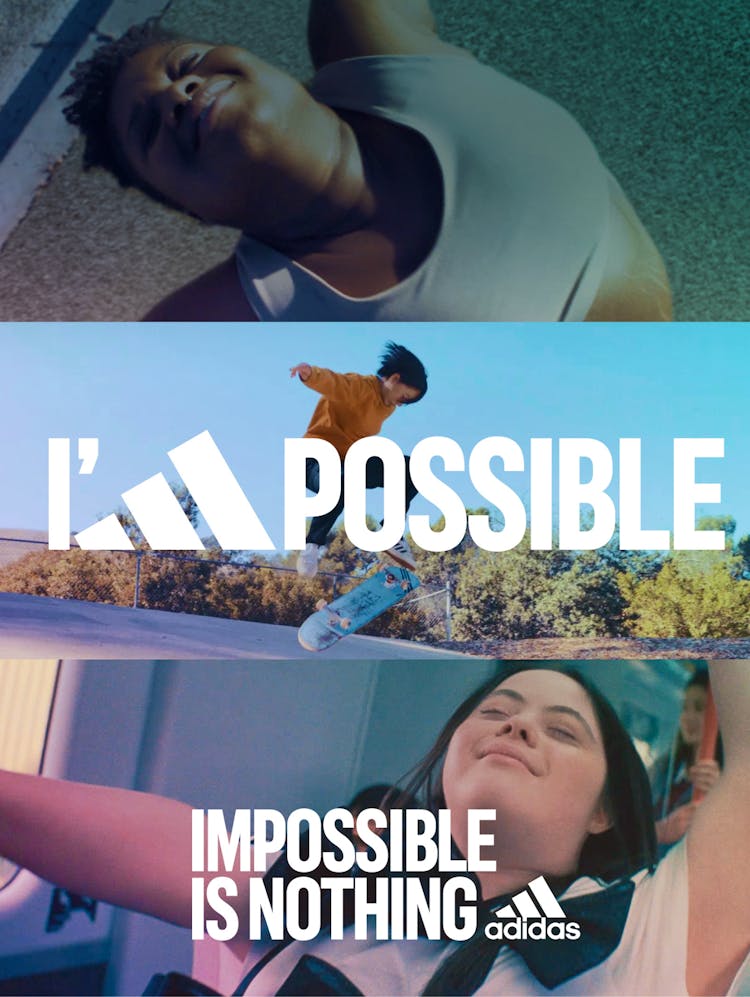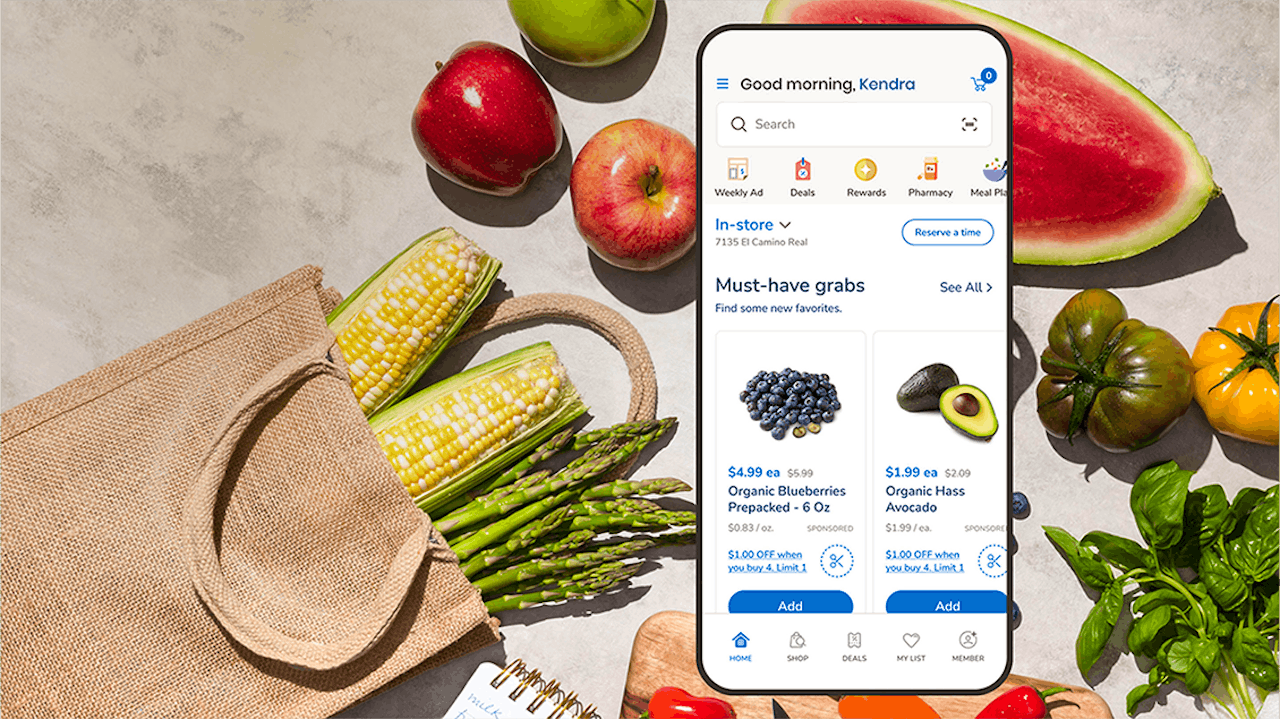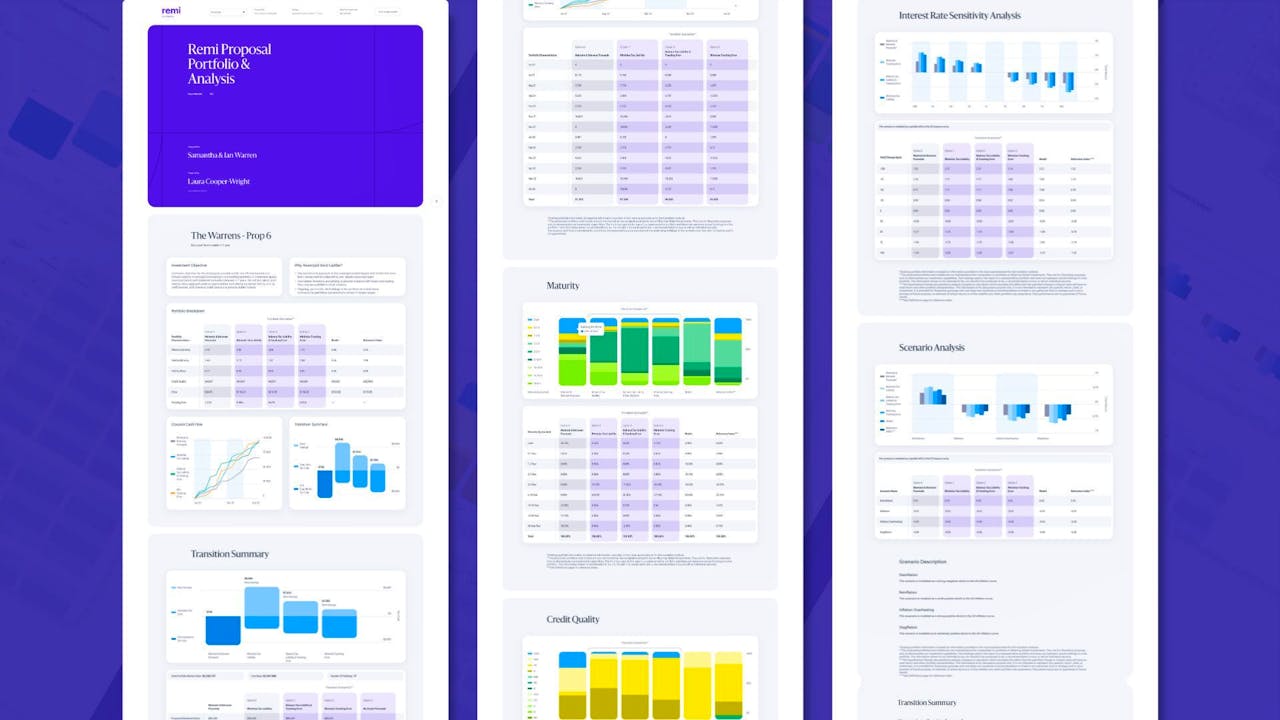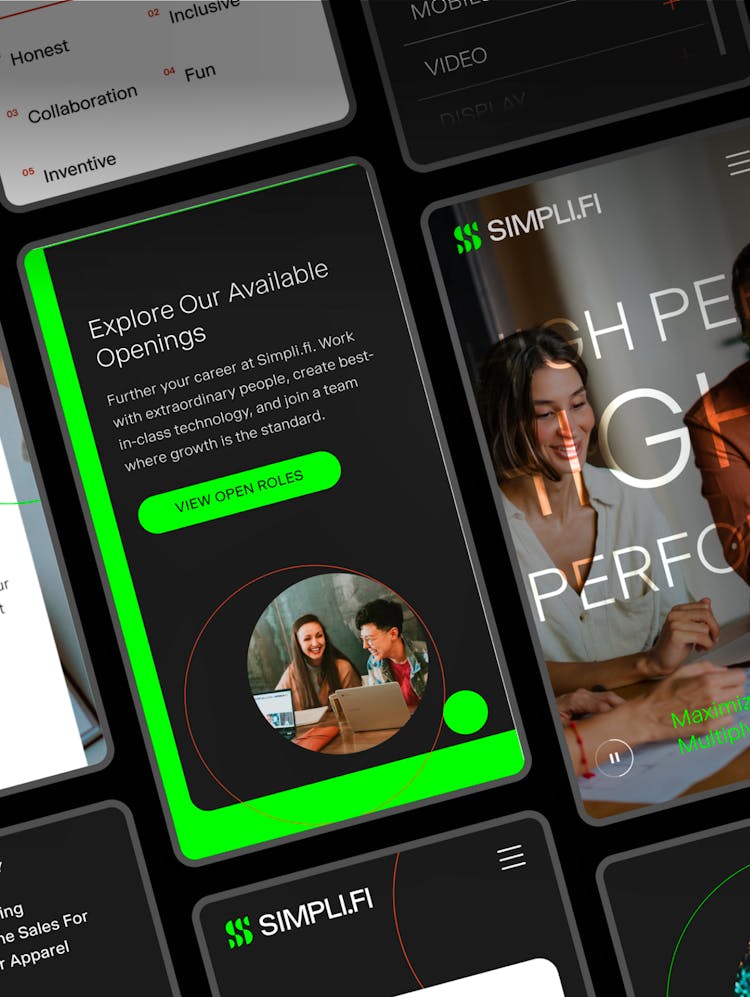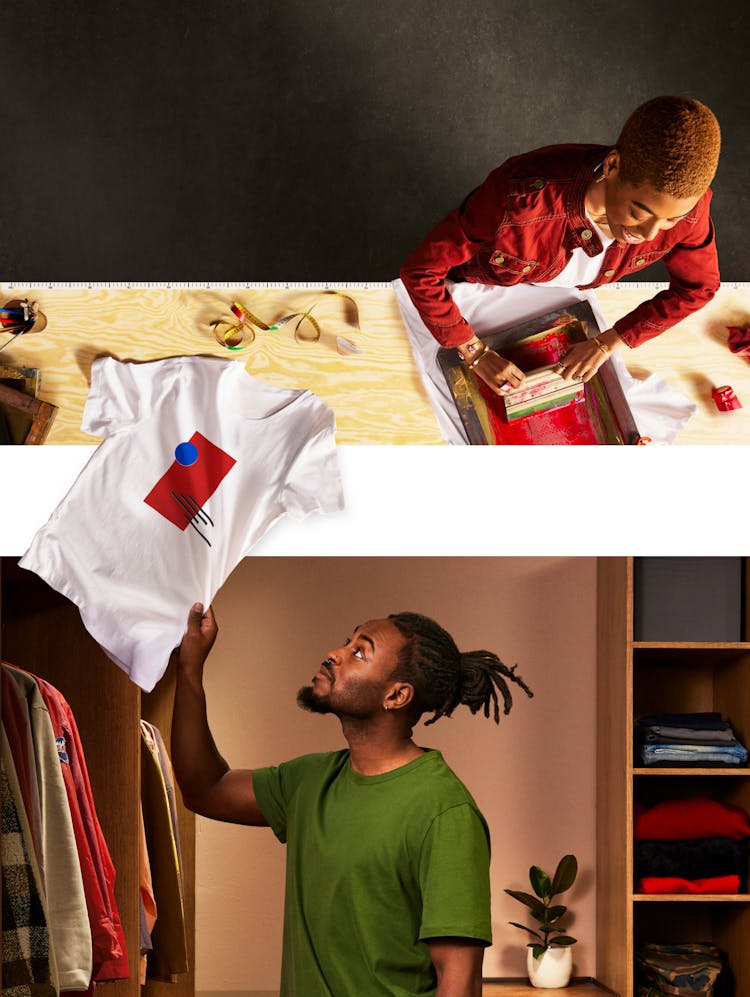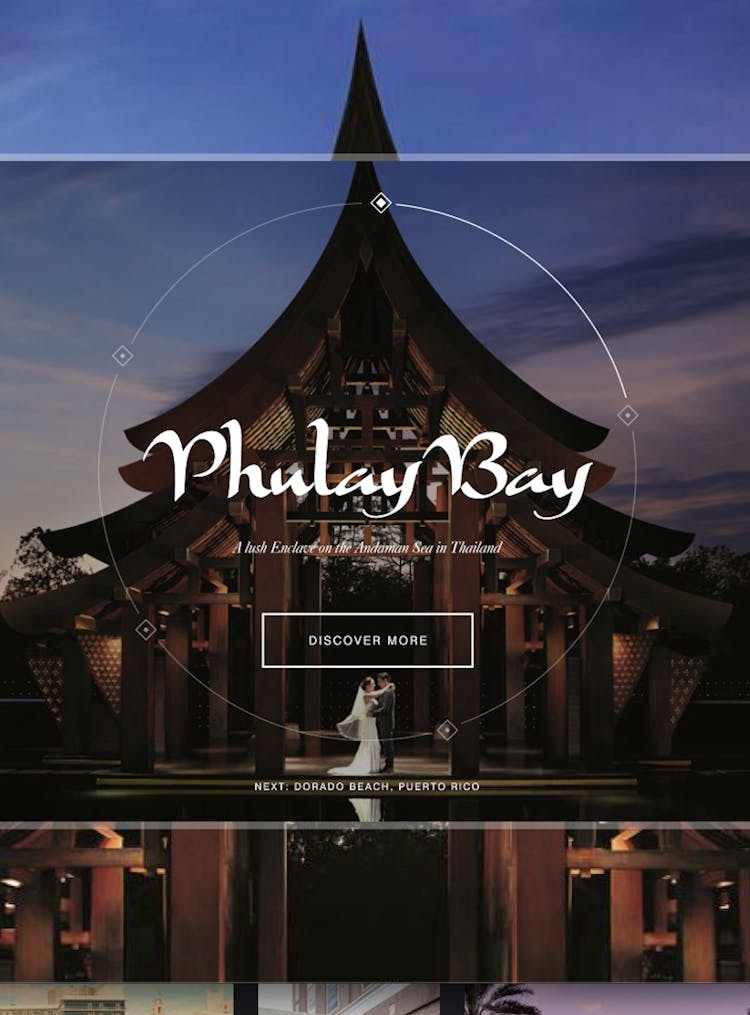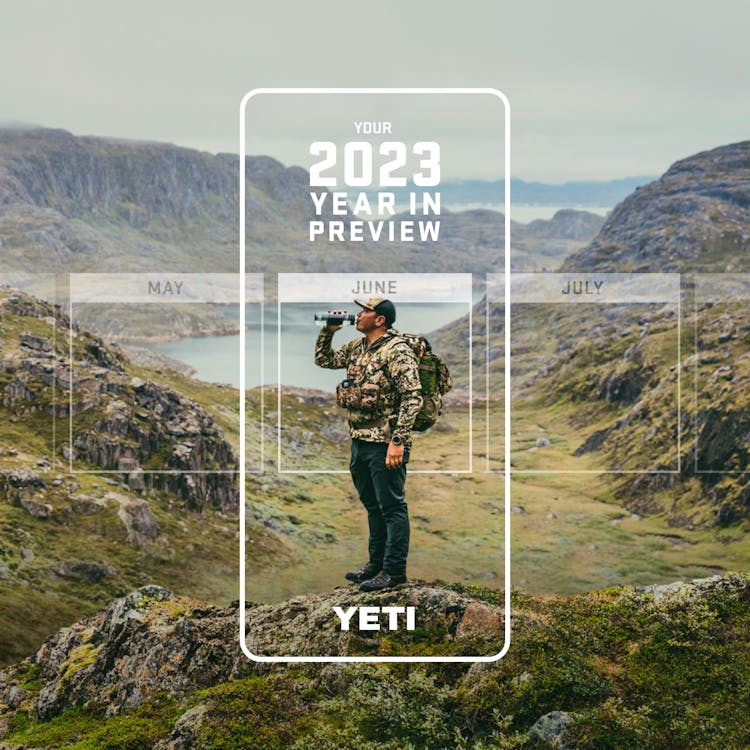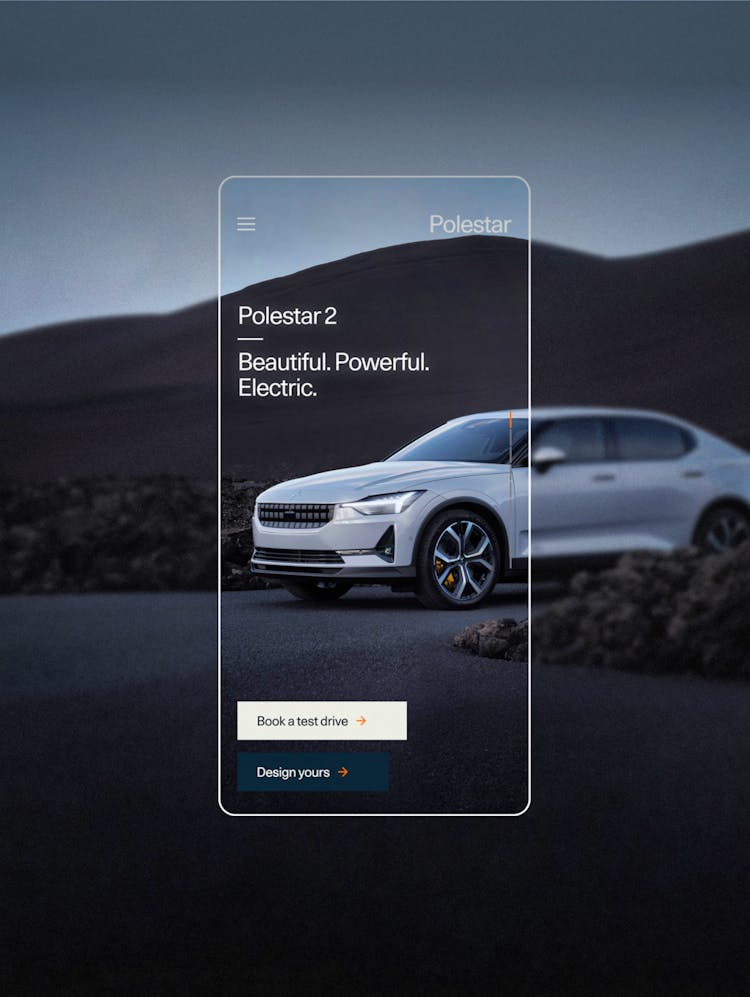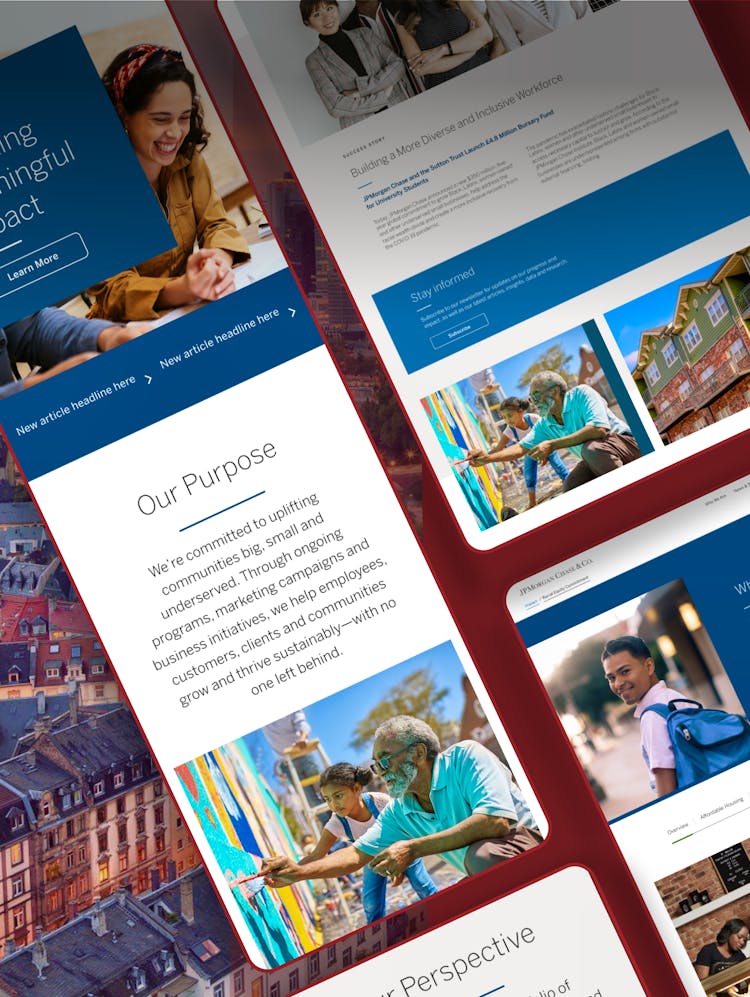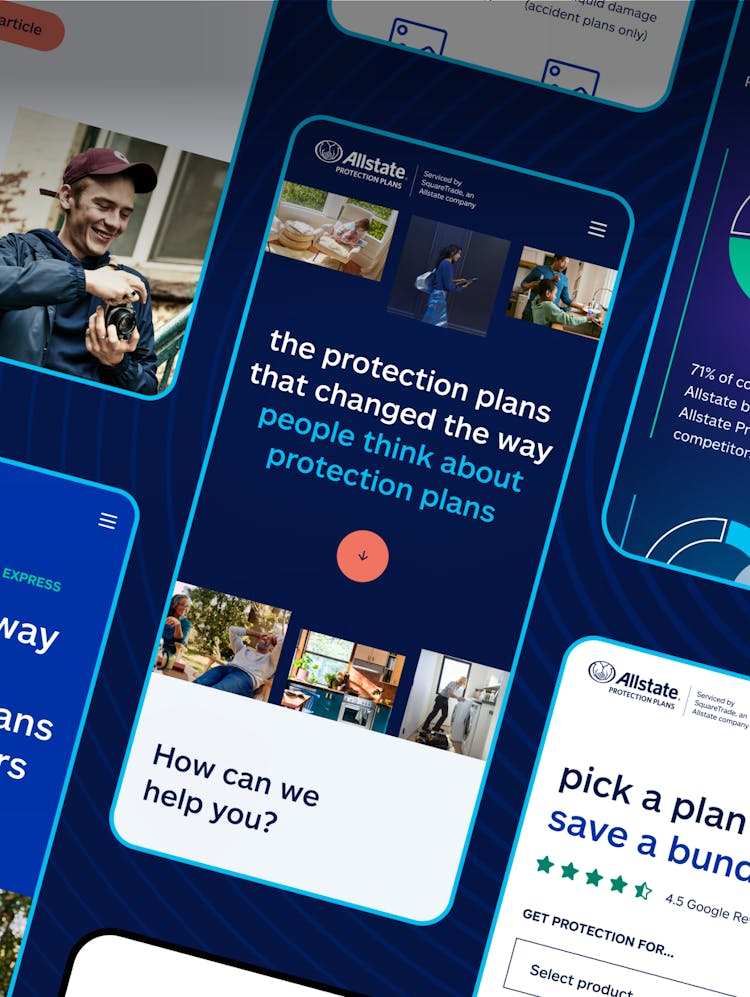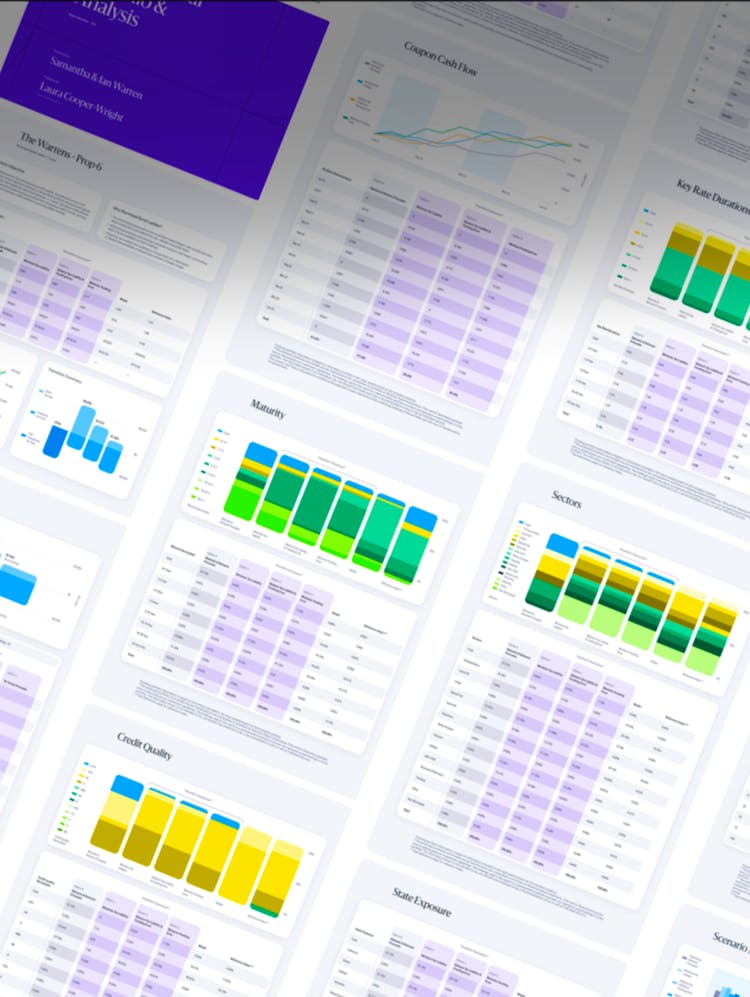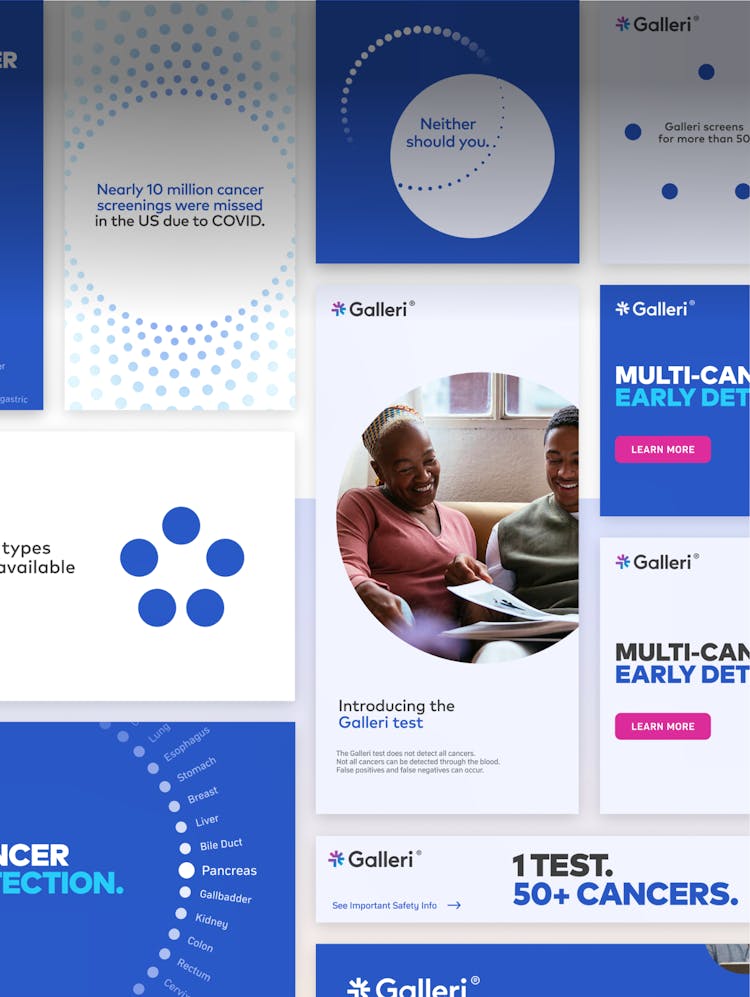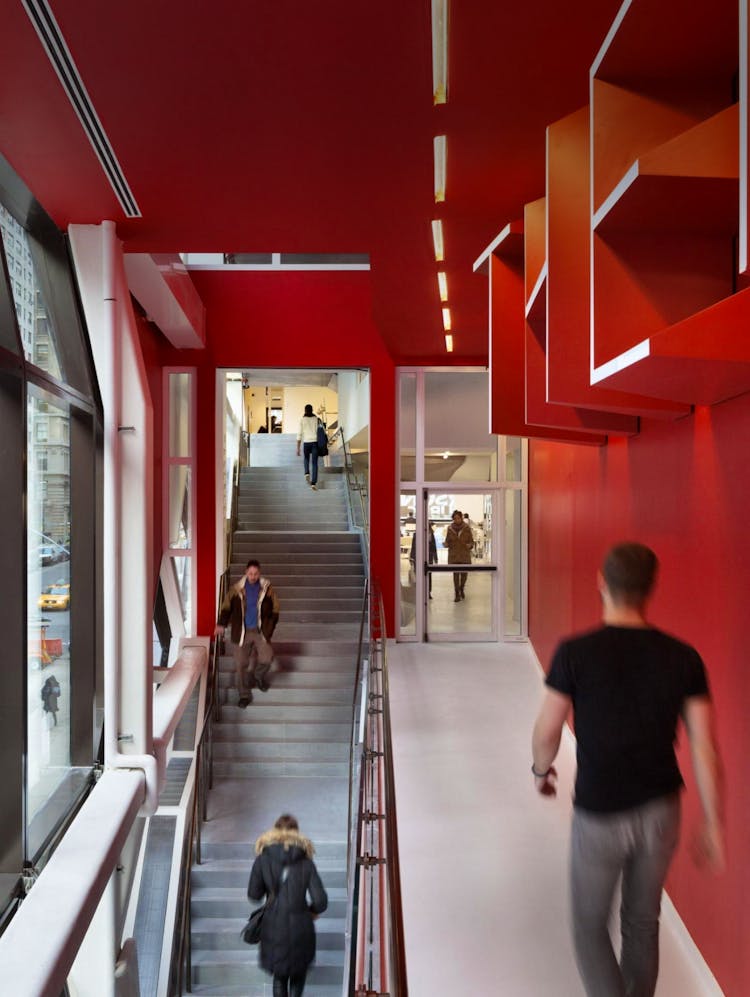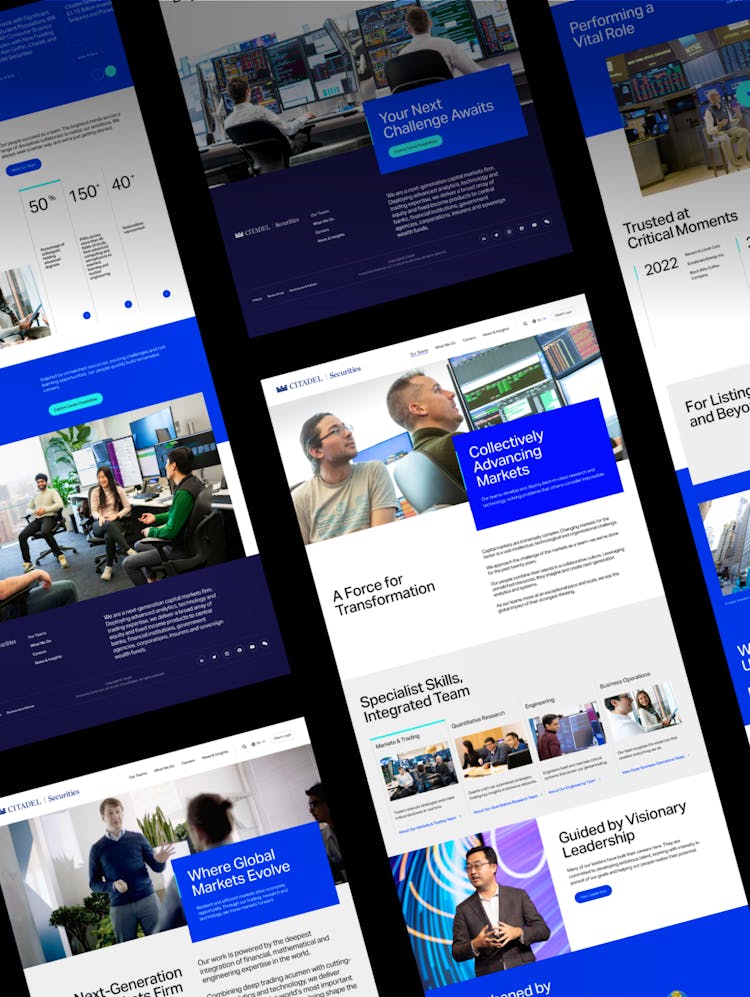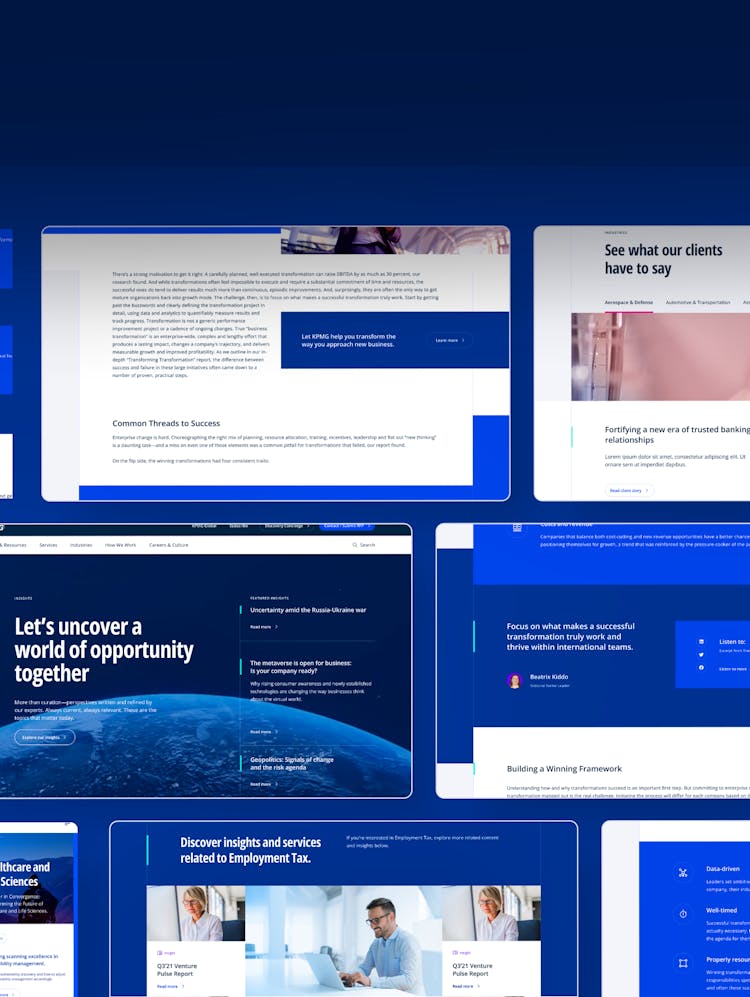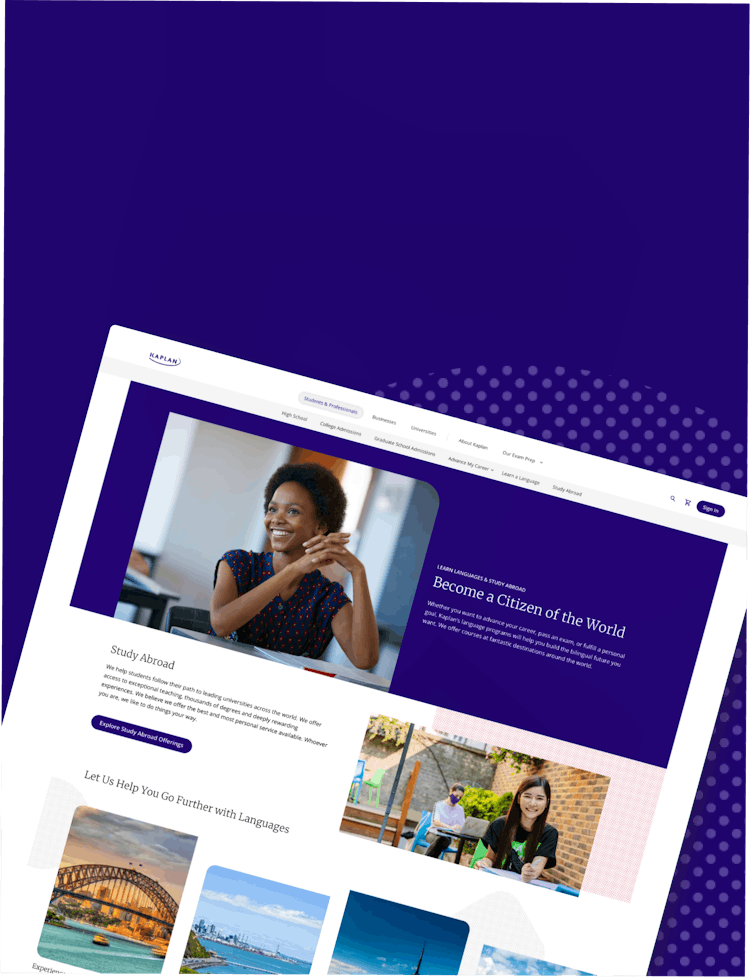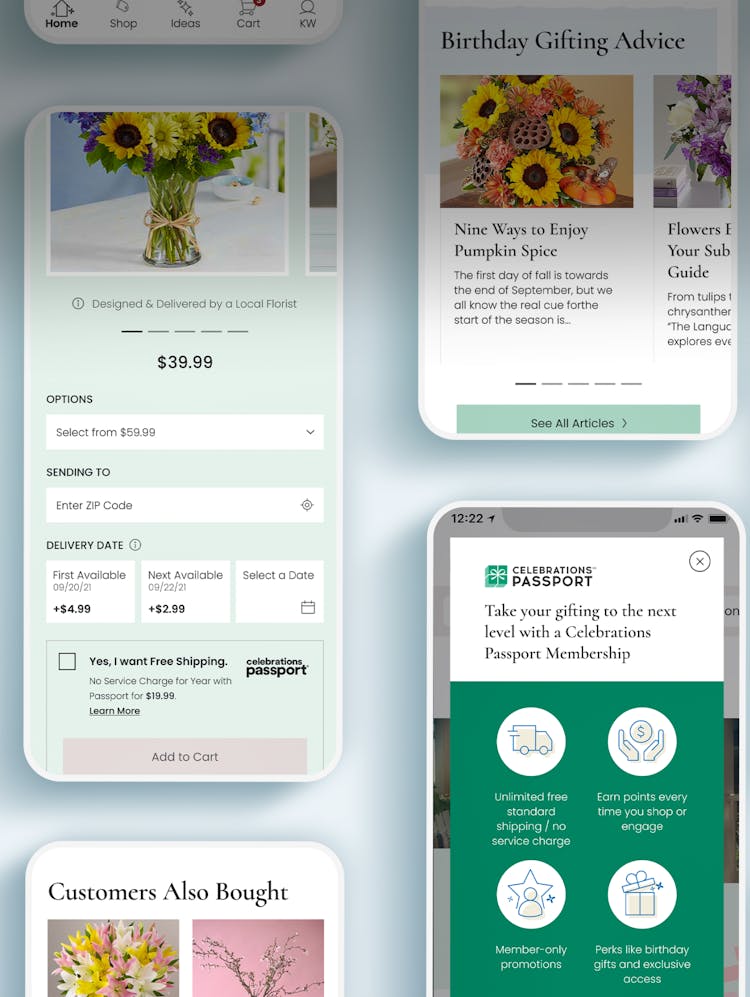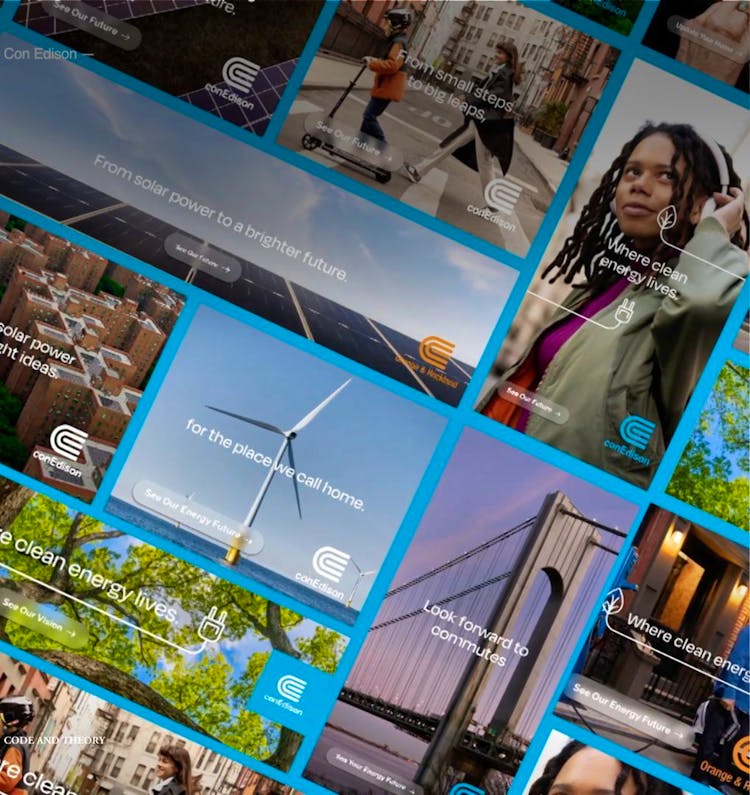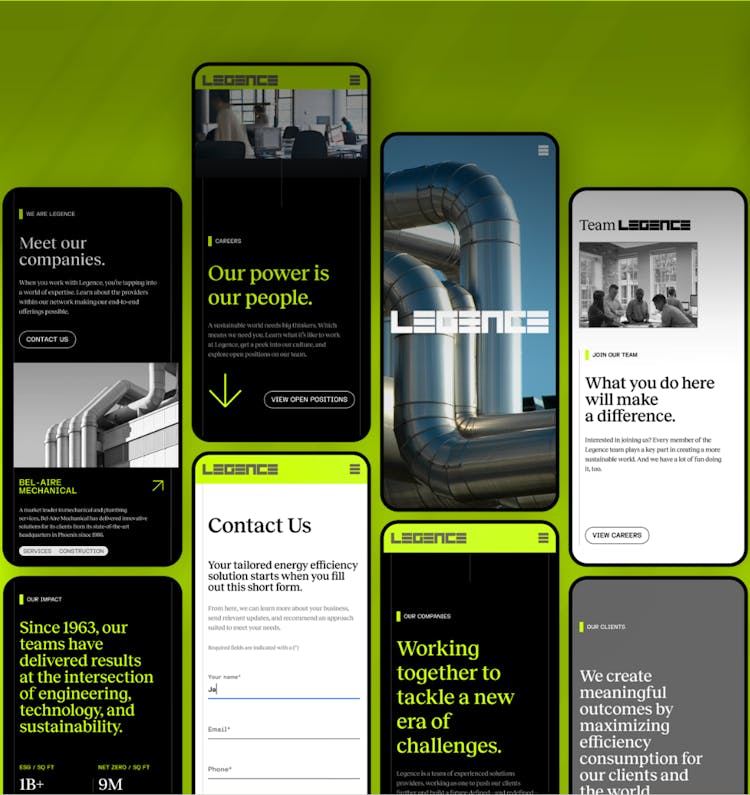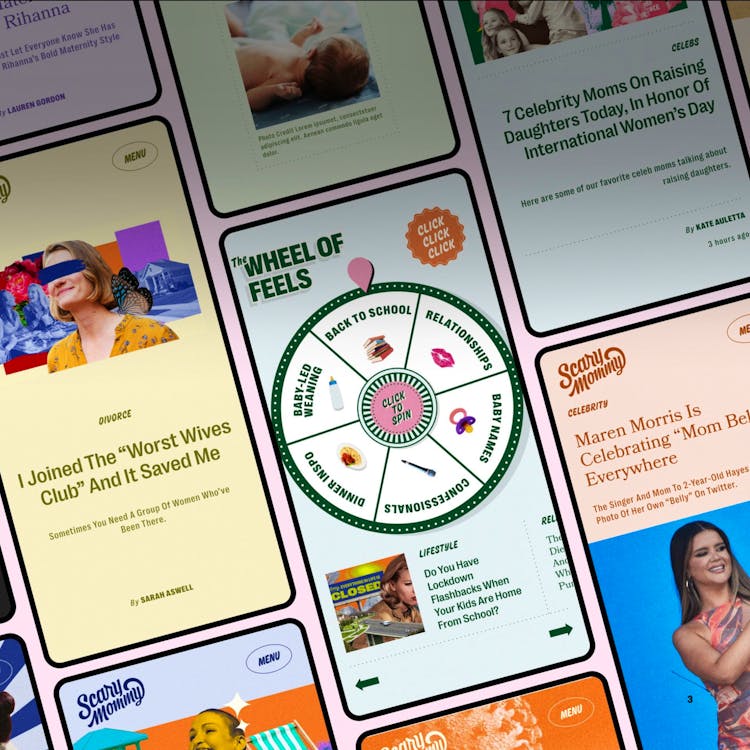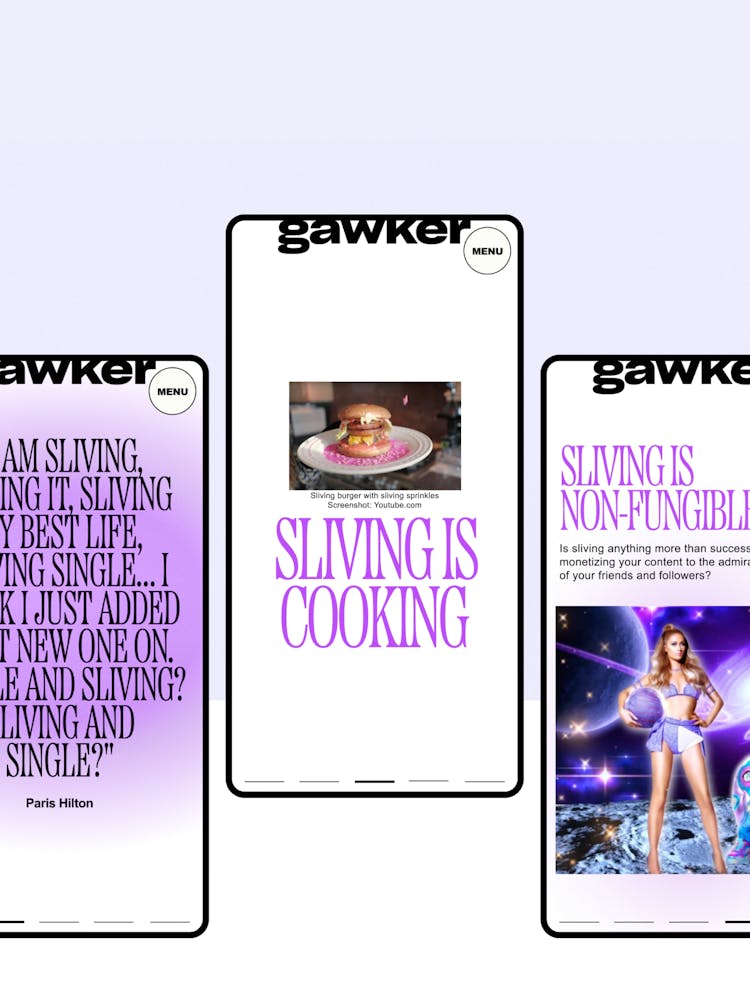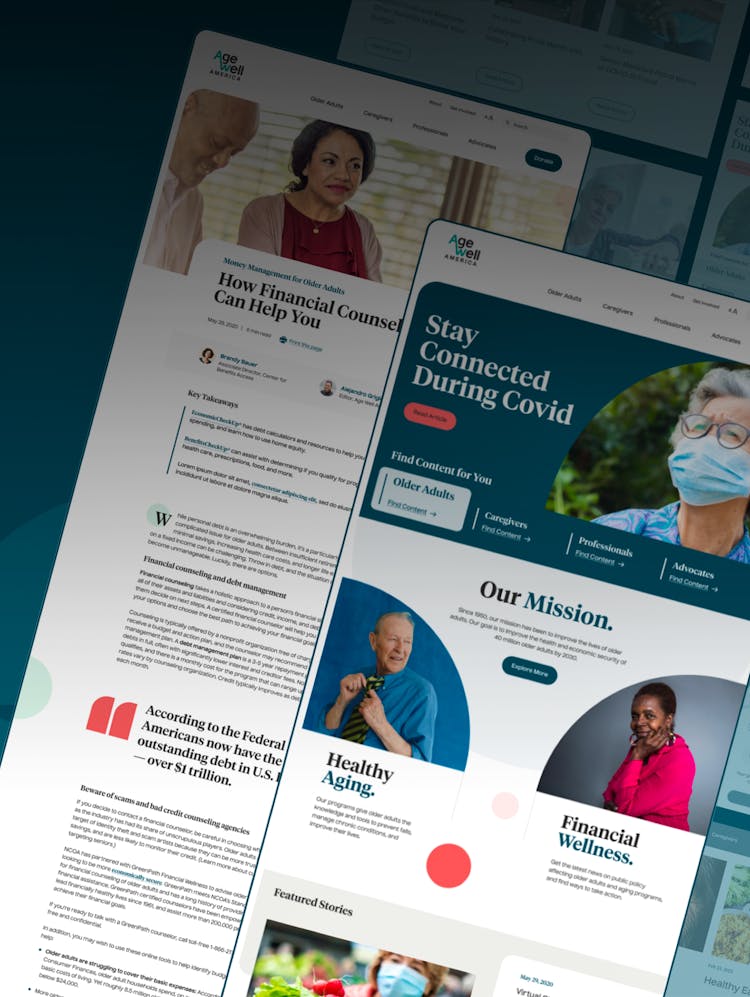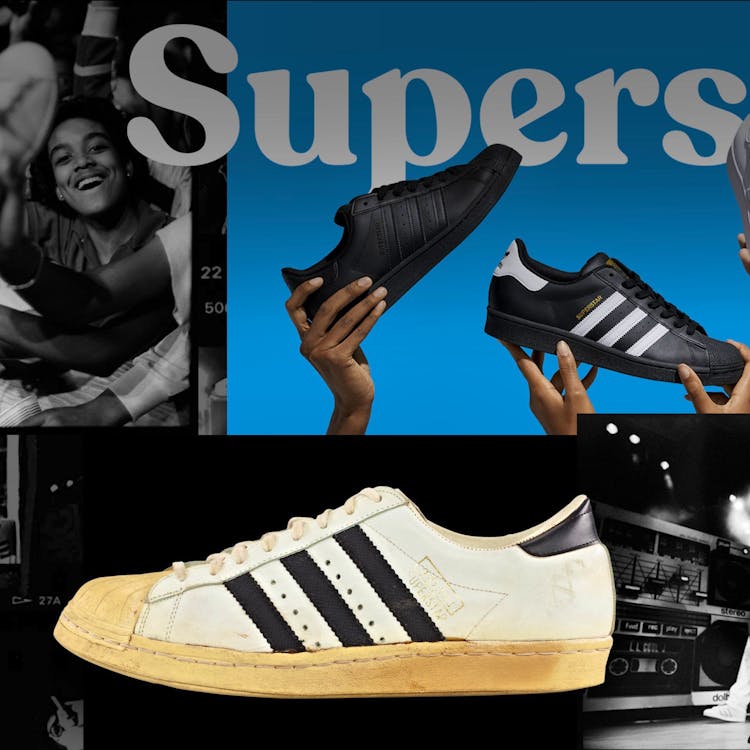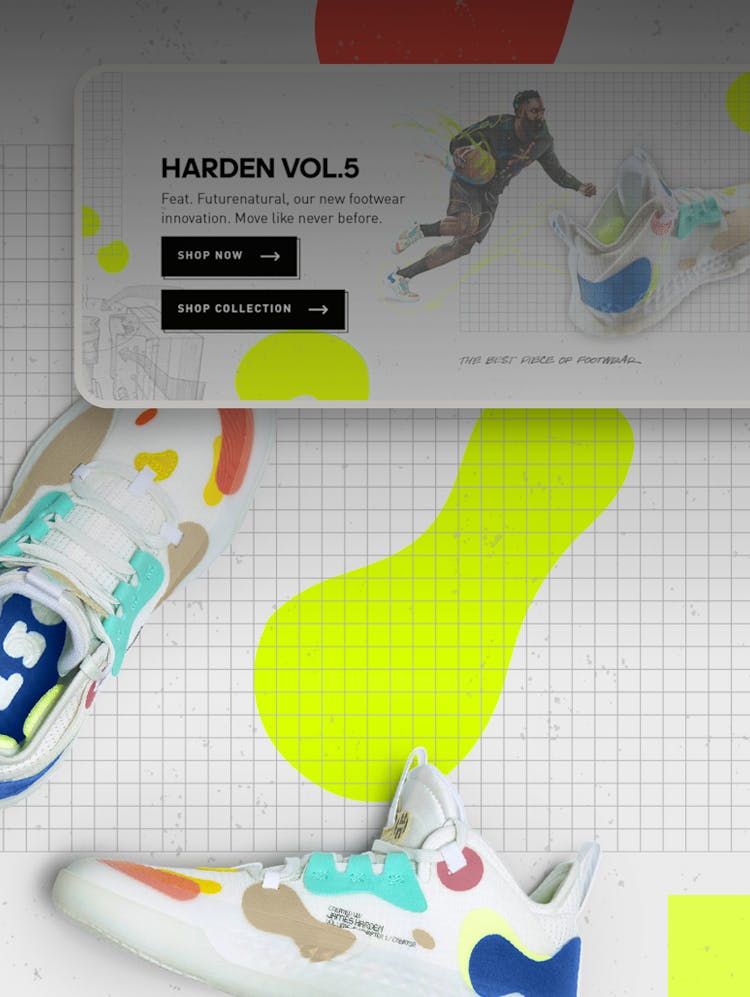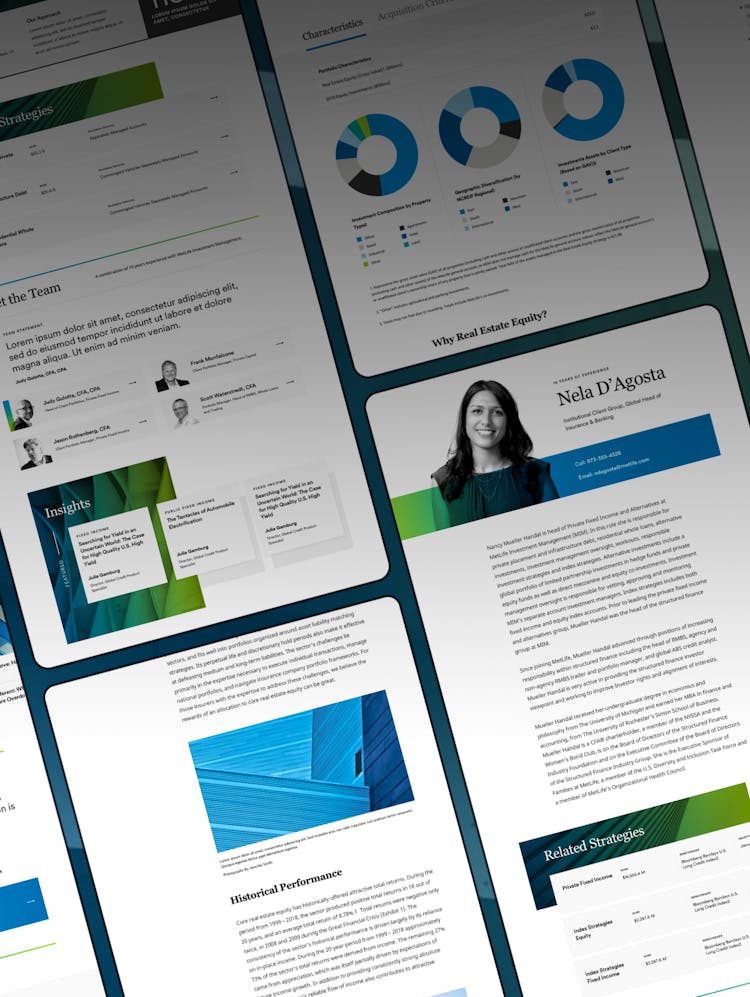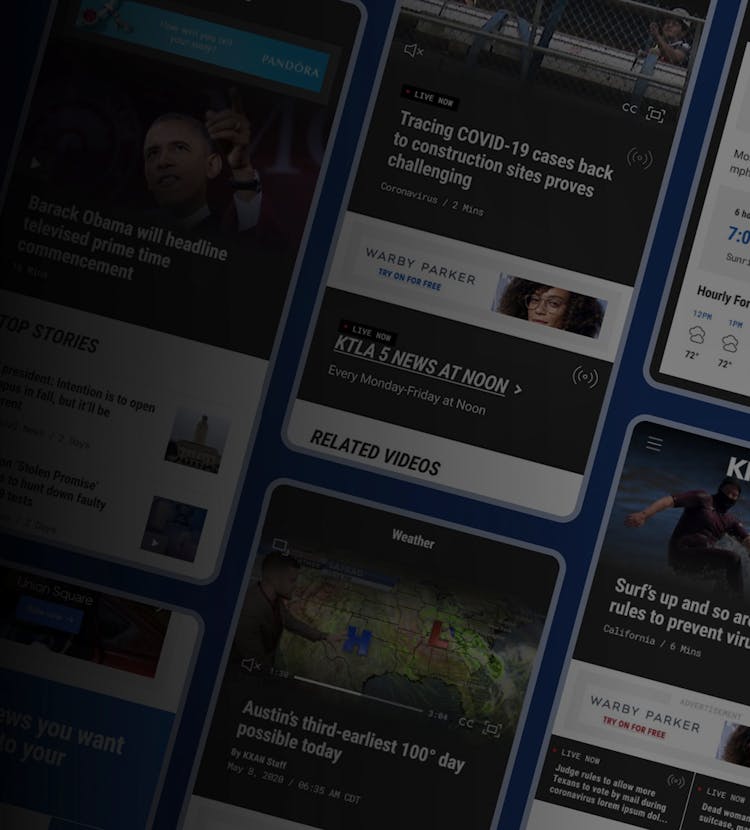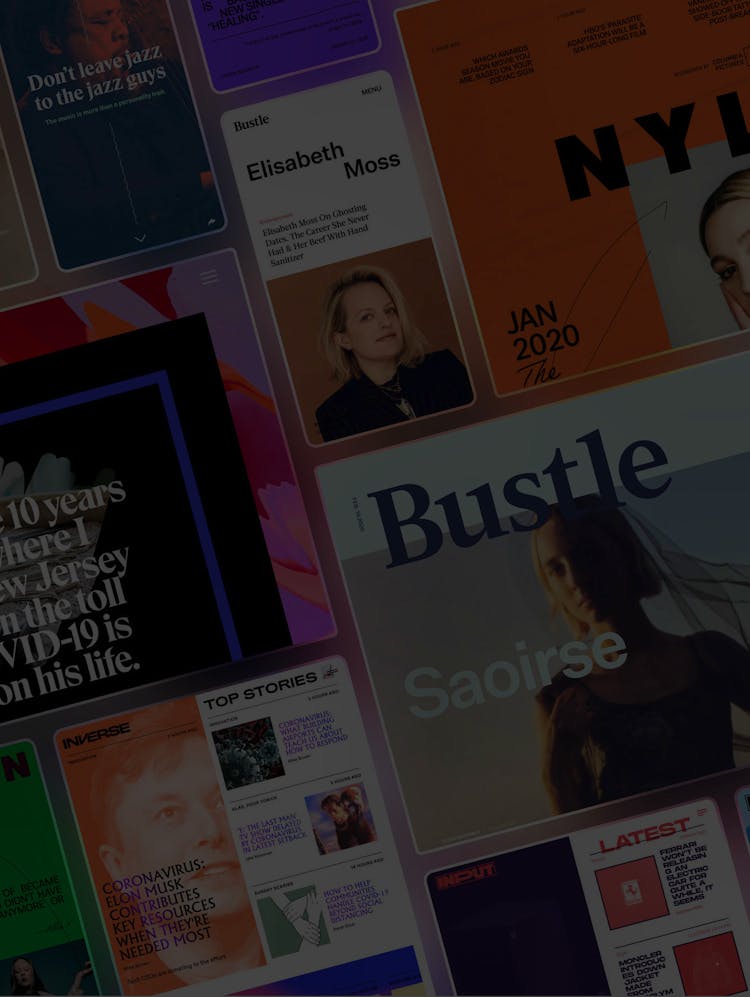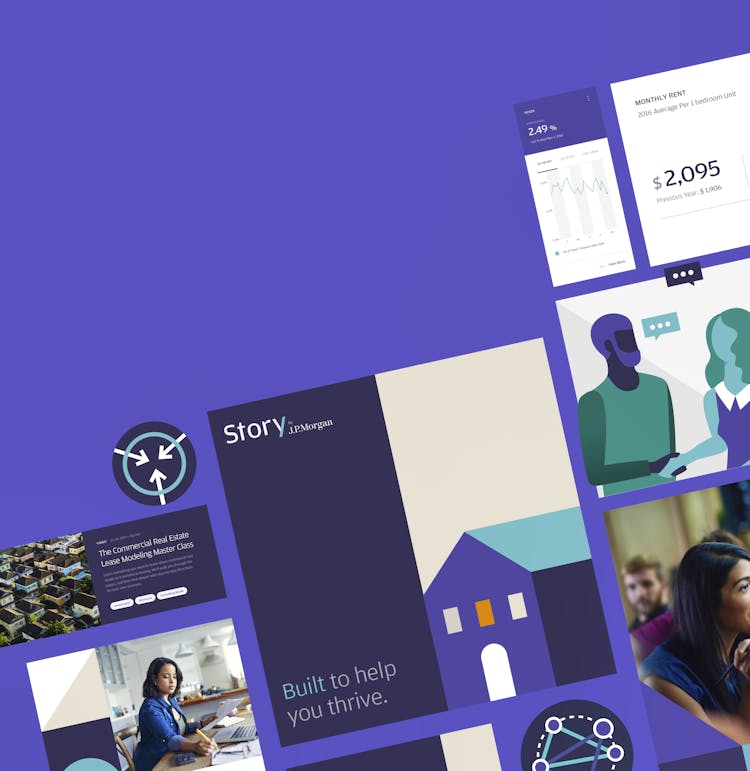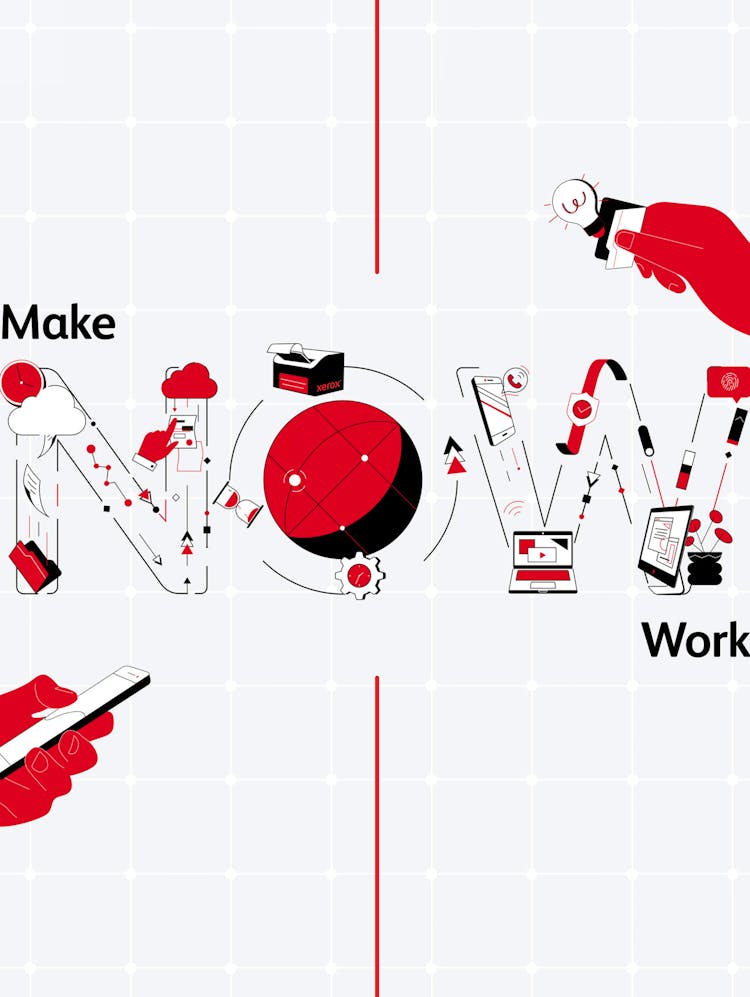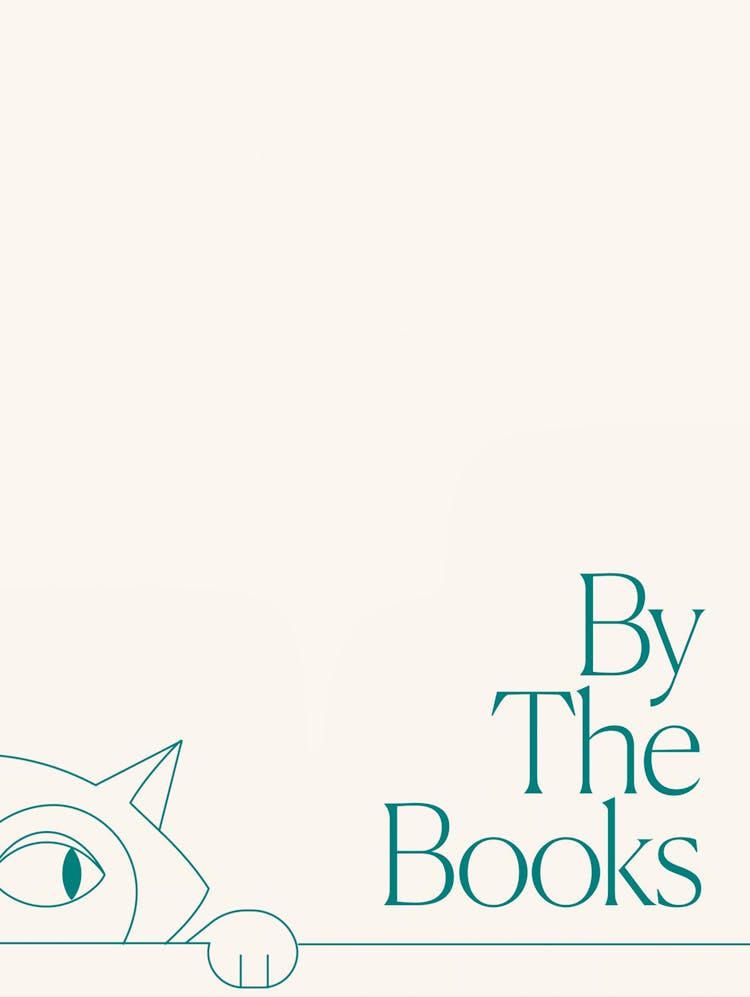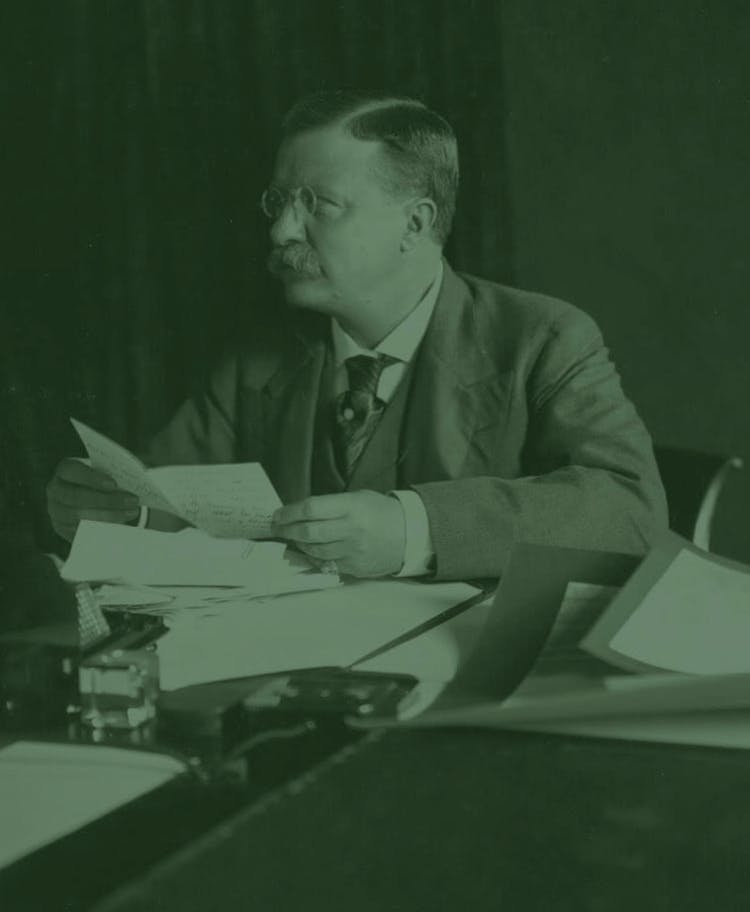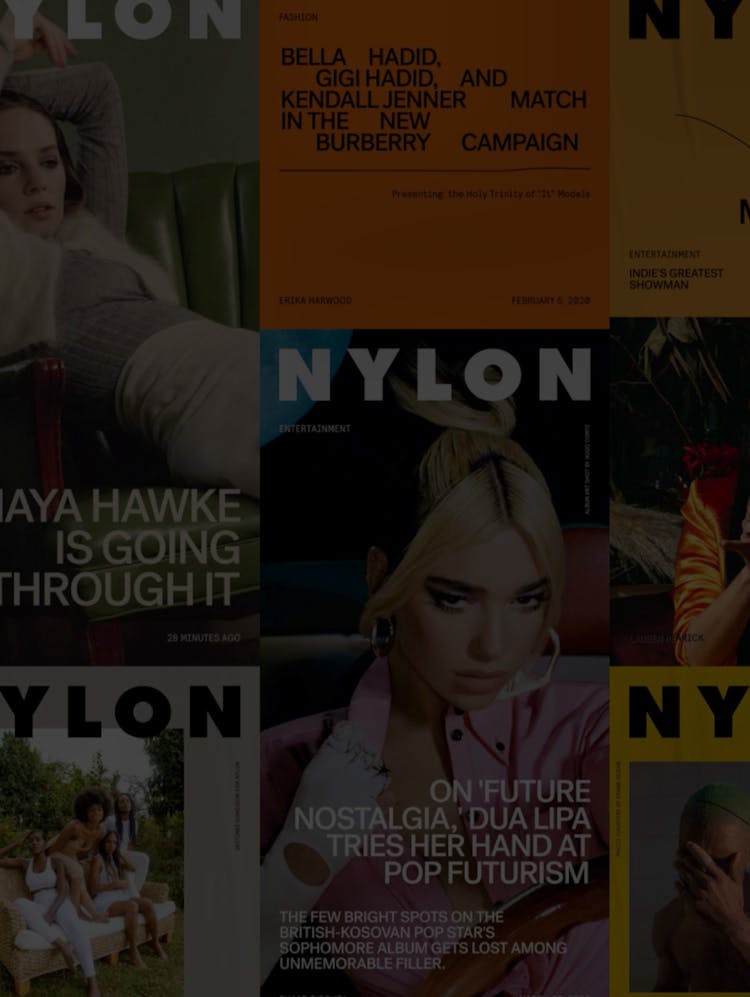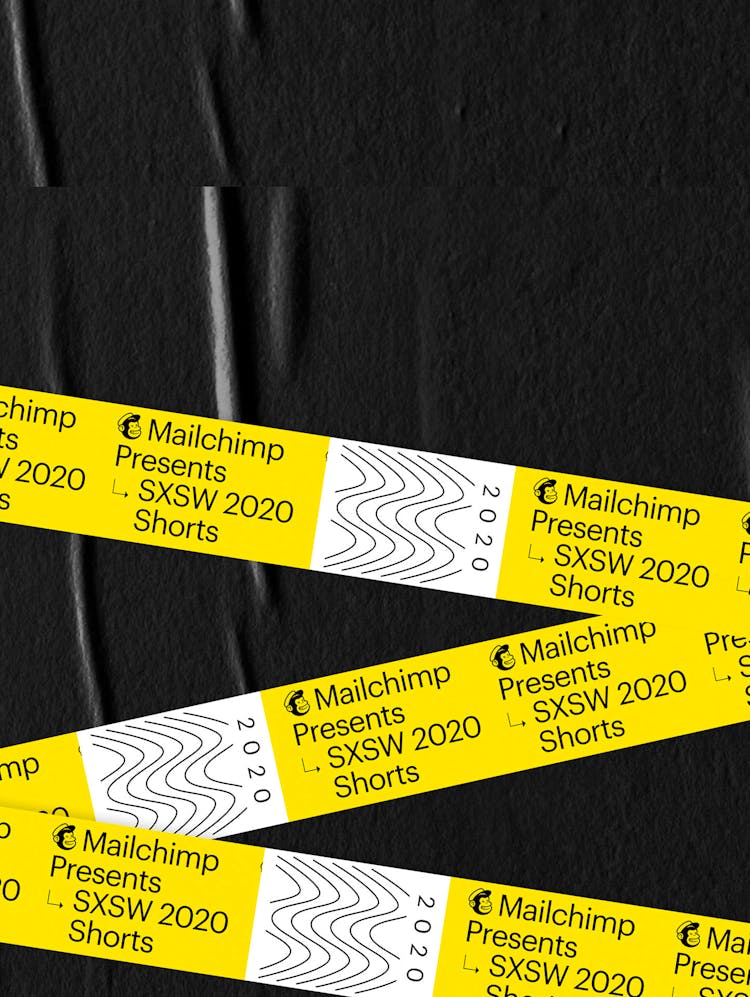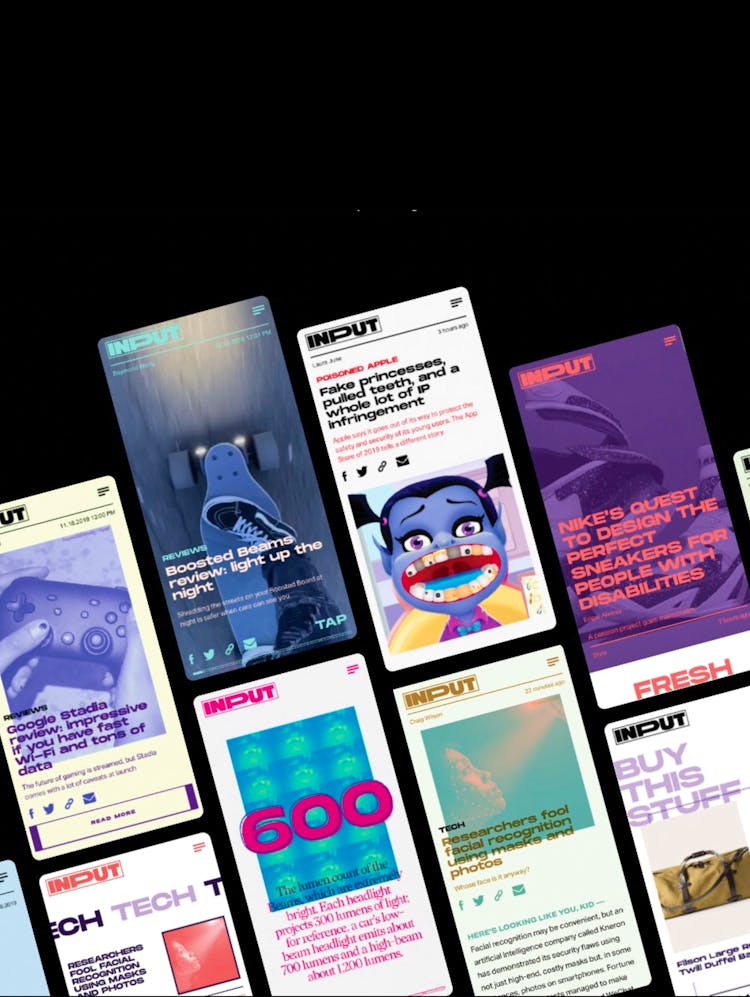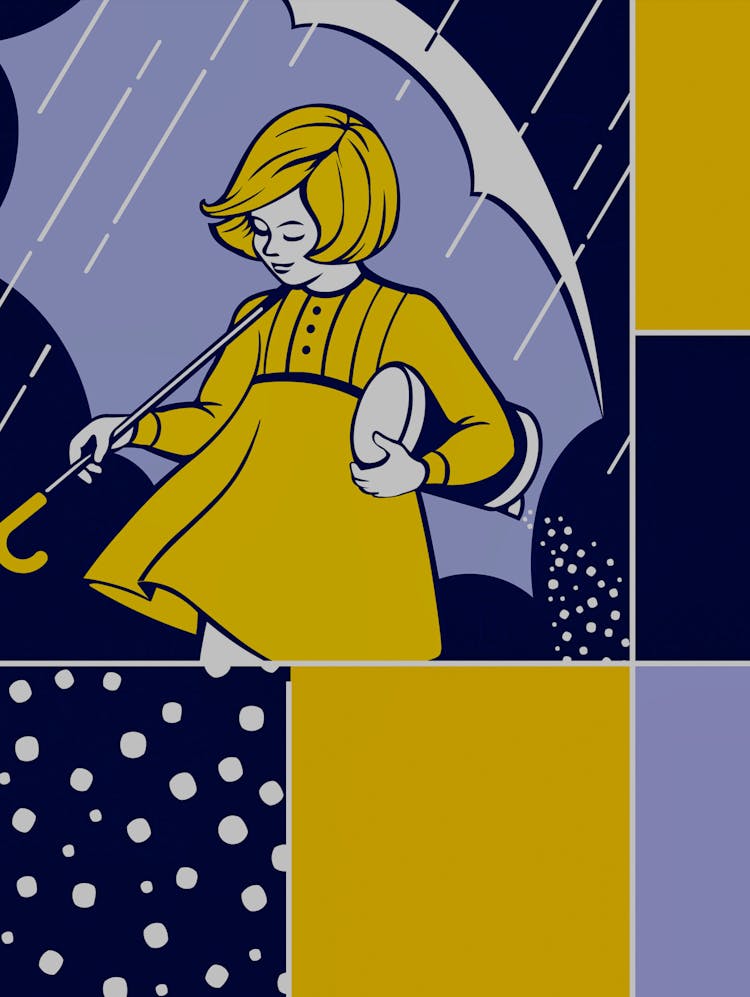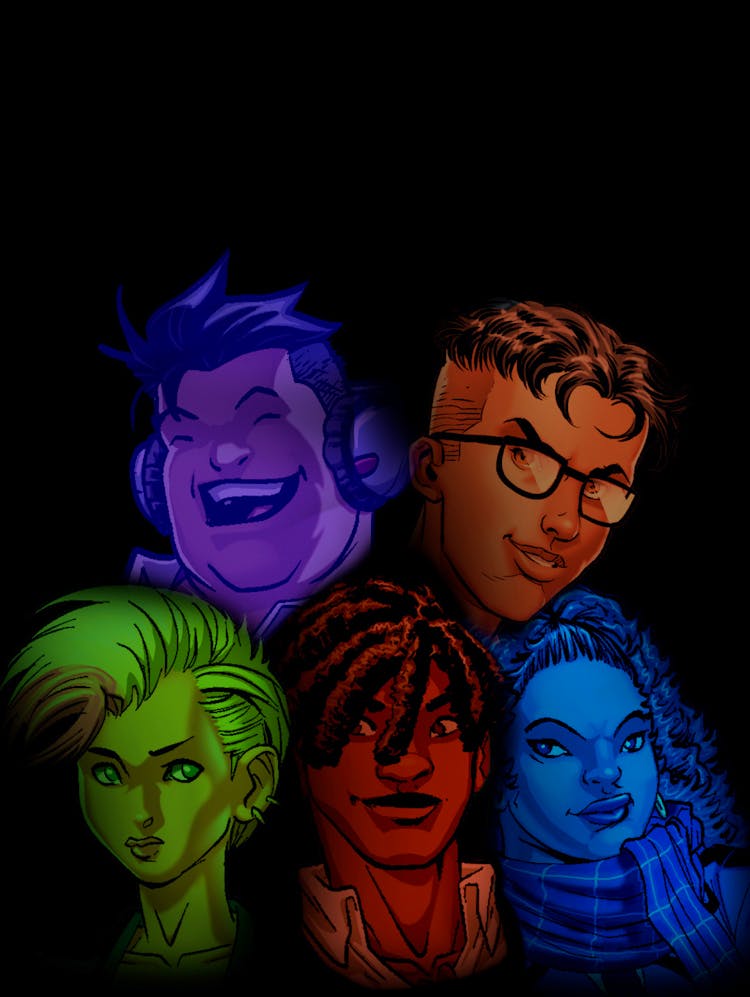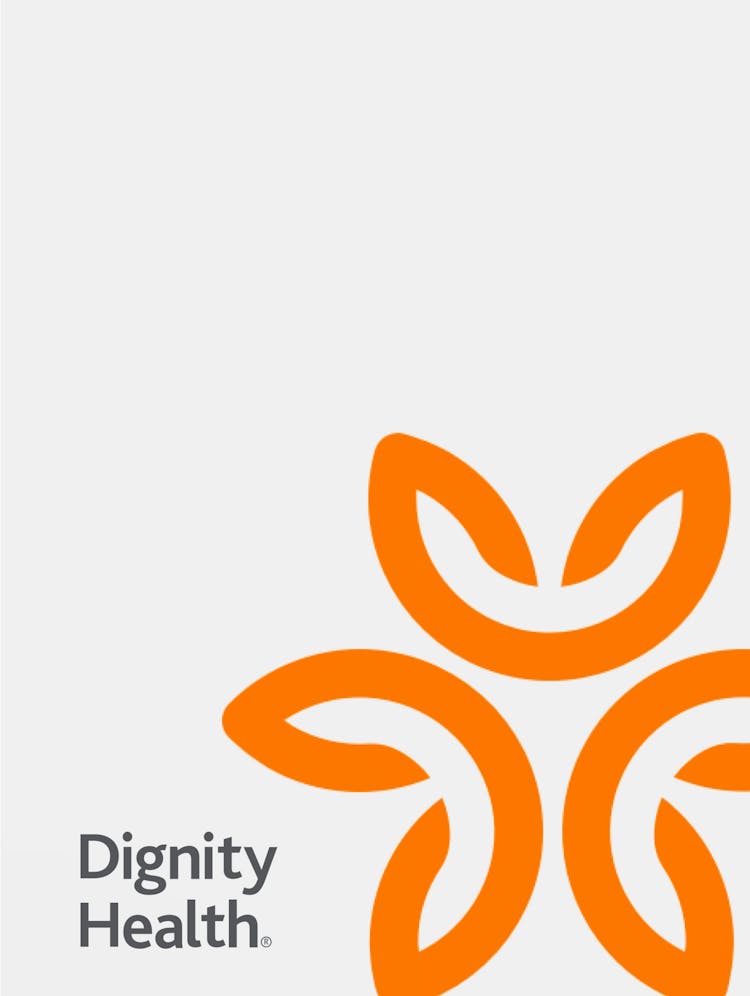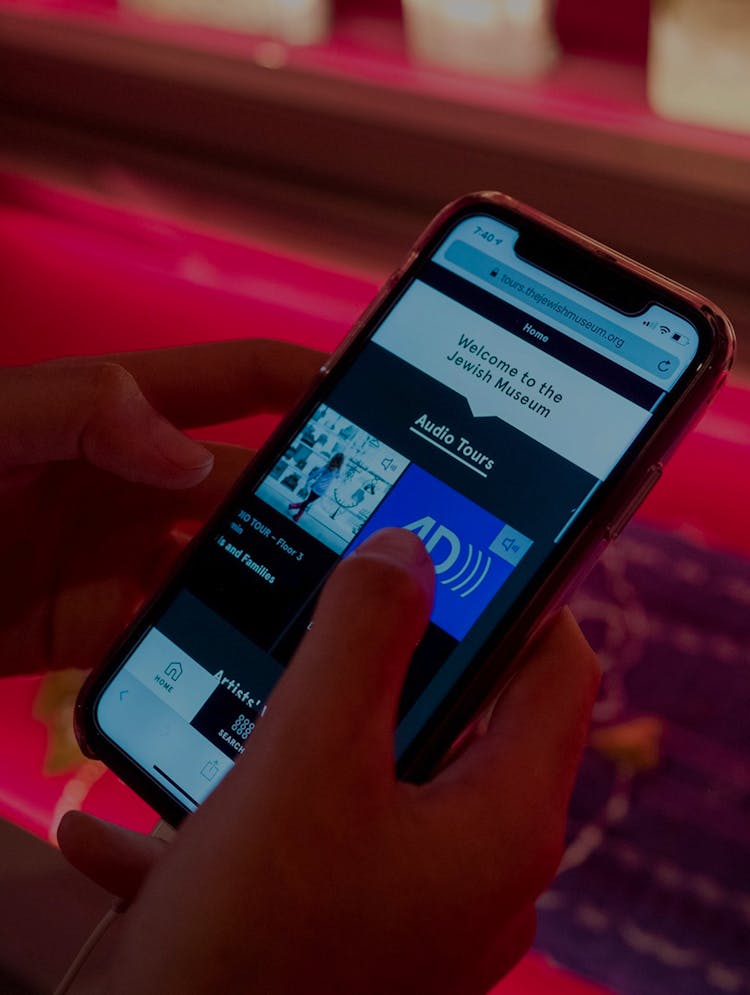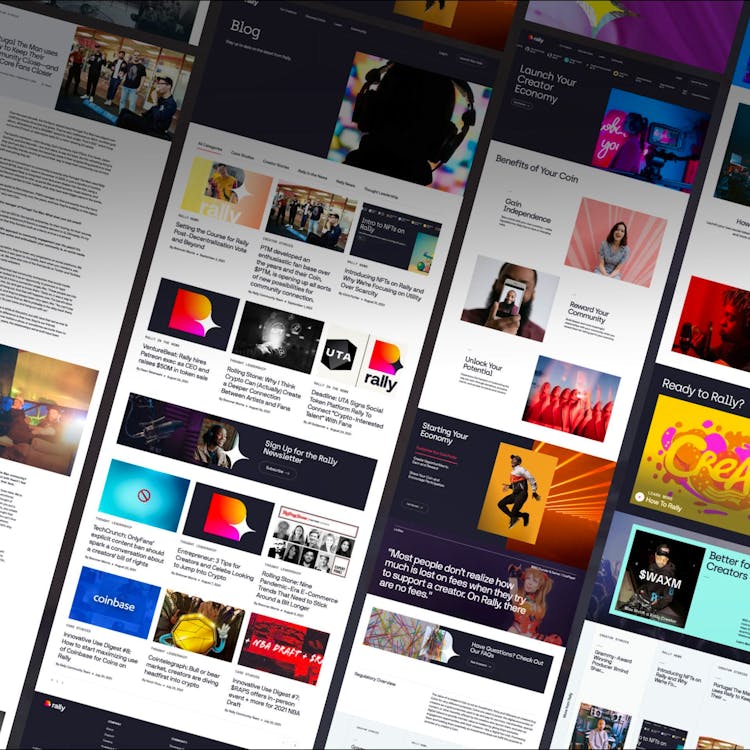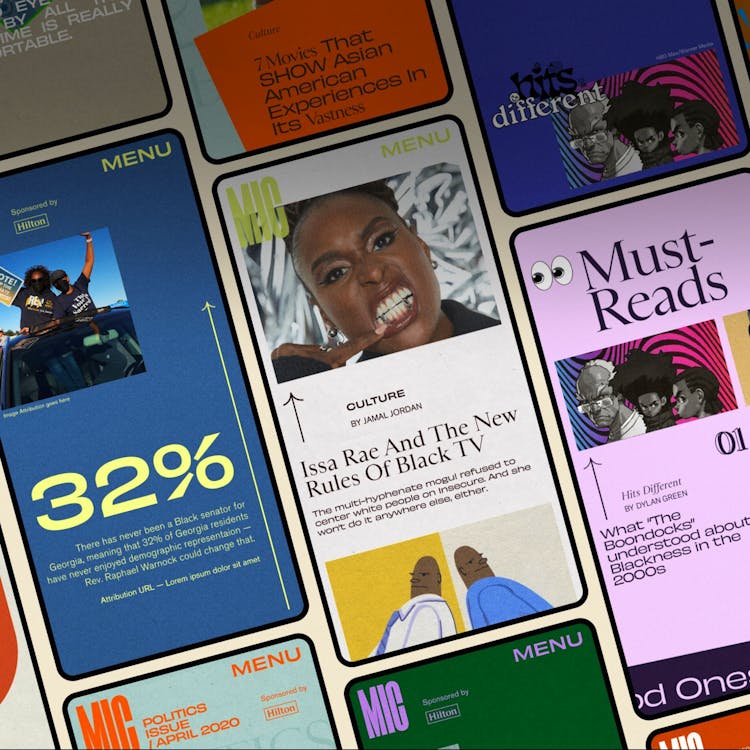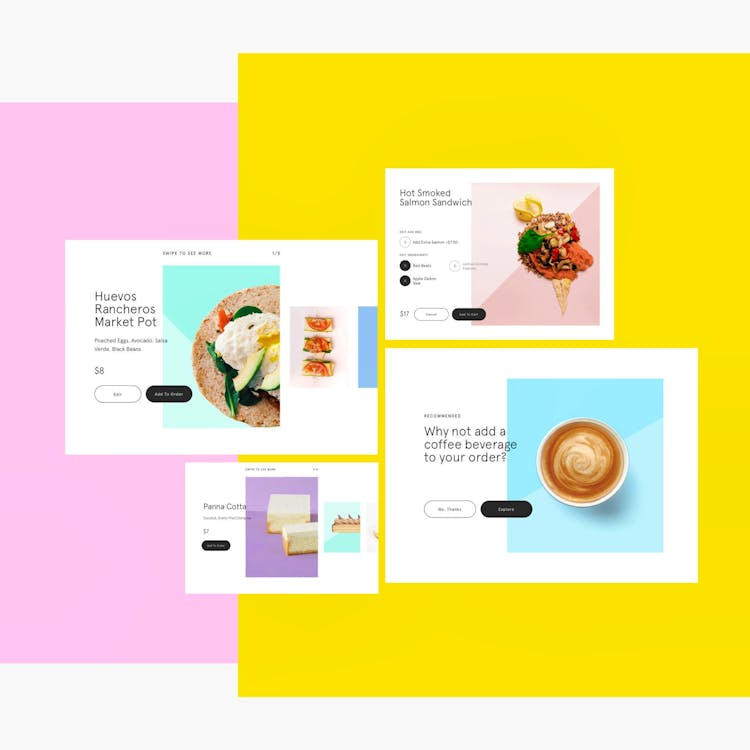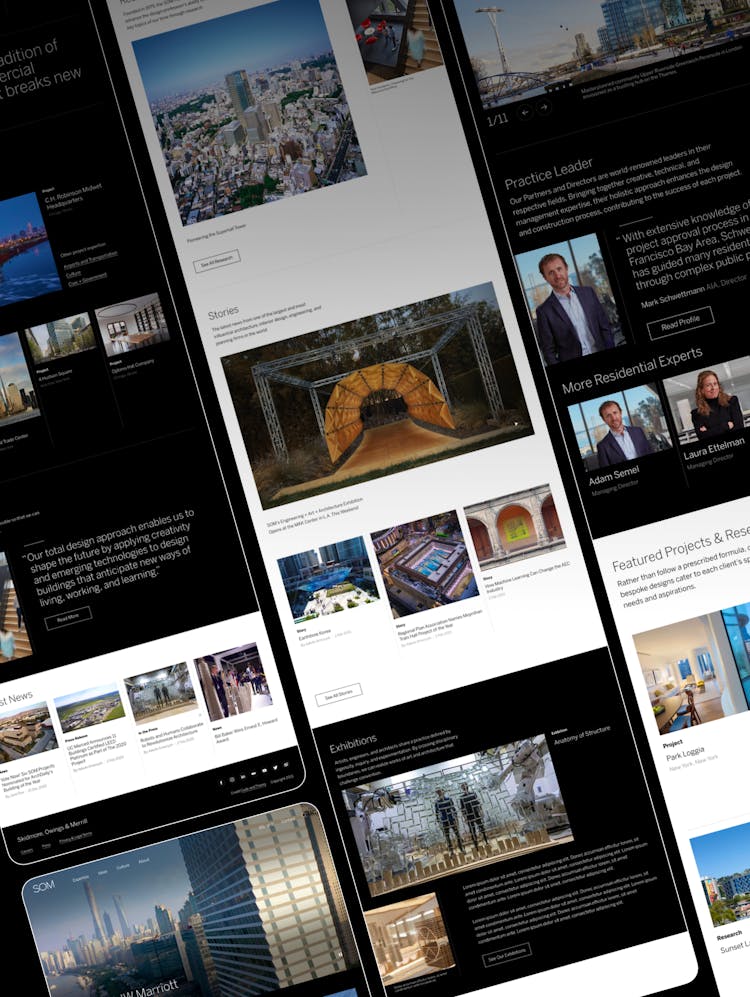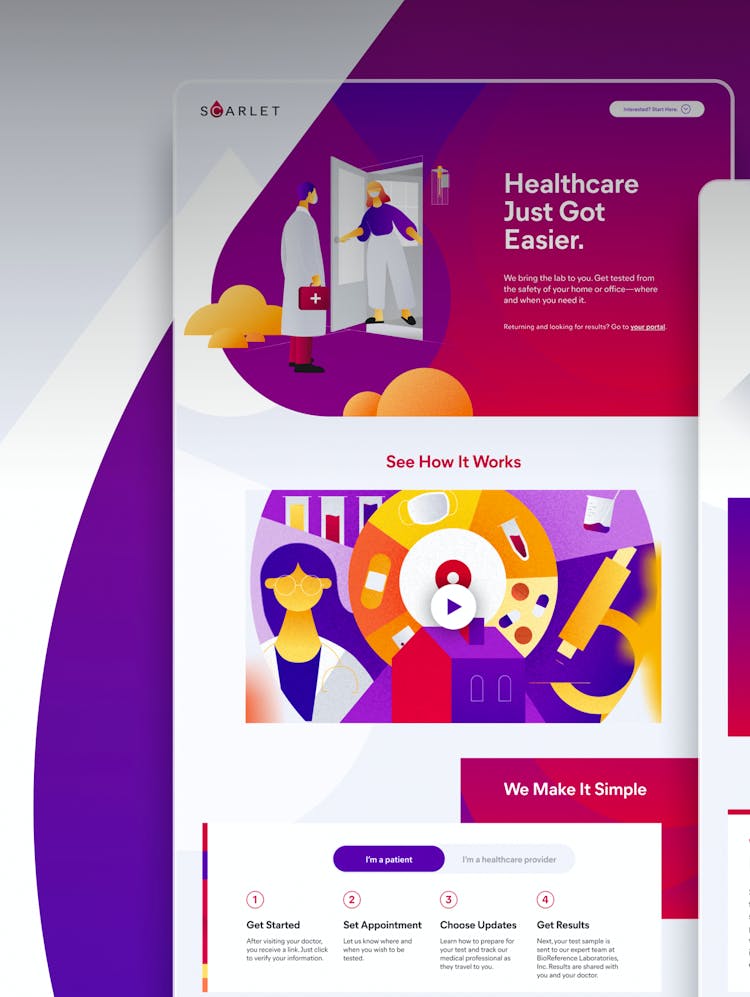
Bringing High-Touch to Online
Links
modaoperandi.comWhen Lauren Santo Domingo founded Moda Operandi in 2010, not everyone believed that customers would be willing to spend tens of thousands of dollars to buy luxury fashion goods online. Turns out, they were wrong. By 2012, the business was booming. Moda Operandi had introduced luxury “pre-commerce” to the masses and was looking for ways to better serve its discerning clientele.
That summer, the online-only brand was set to launch “Boutique,” a unique, personalized-commerce offering that would help expertly guide consumers through big-ticket purchases. At the center of the new service were style experts — Moda Operandi's version of a sales associate at a high-end boutique.
The team called on Code and Theory to help bring their vision to life through an incredibly robust, high-touch experience that worked flawlessly across every device.
1
Replicating The Boutique Experience
In the brick-and-mortar world, when a customer opts to shop at a high-end specialty shop, they expect a very specific type of service. In its effort to replicate that experience online, Code and Theory collaborated with Moda Operandi on designing and developing a new platform guided by three pillars:
Multiple Touchpoints
No matter if the interaction—service center, call center, email or live chat—the new experience had to provide unusually adept customer service.
Personalized Service
One of the hallmarks of a high-end boutique is the personalized service from a knowledgeable stylist. There was no reason why such a stylist couldn’t be duplicated in an online environment. The solution was no mere gimmick though; it was a deeply personalized experience. For example, when a customer logged onto her account, she may receive a notification that her personal stylist was available to help. Through a messaging service, she could interact with her stylist directly, or leave notes like “I’m going to the Met next week. What should I wear?” The stylist could then instantly respond with personalized recommendations, or send messages to her inbox to let her know when certain items were available that perfectly matched her style profile.
Better Recommendations
Part of the high-touch service was the ability to provide recommendations based on the user’s past purchase history. We integrated a closet feature in which a user could put items into a virtual closet that would help a stylist make better recommendations. For instance, if a customer bought a pair of Proenza Schouler heels last season, the site could use that information to recommend the latest cocktail dresses to help complete the look.
2
A Bespoke Solution
Moda Operandi’s new digital experience was unique, and enabled staff with a more powerful, sophisticated tool to better serve its customers, prospects, and partners:
Better Tools for Storytelling
The new page structure allowed Moda Operandi’s staff editors to tell better stories around designers, seasons, trends, personalities, and looks. The idea was to leverage content to both build purchase intent and inspire return visits.
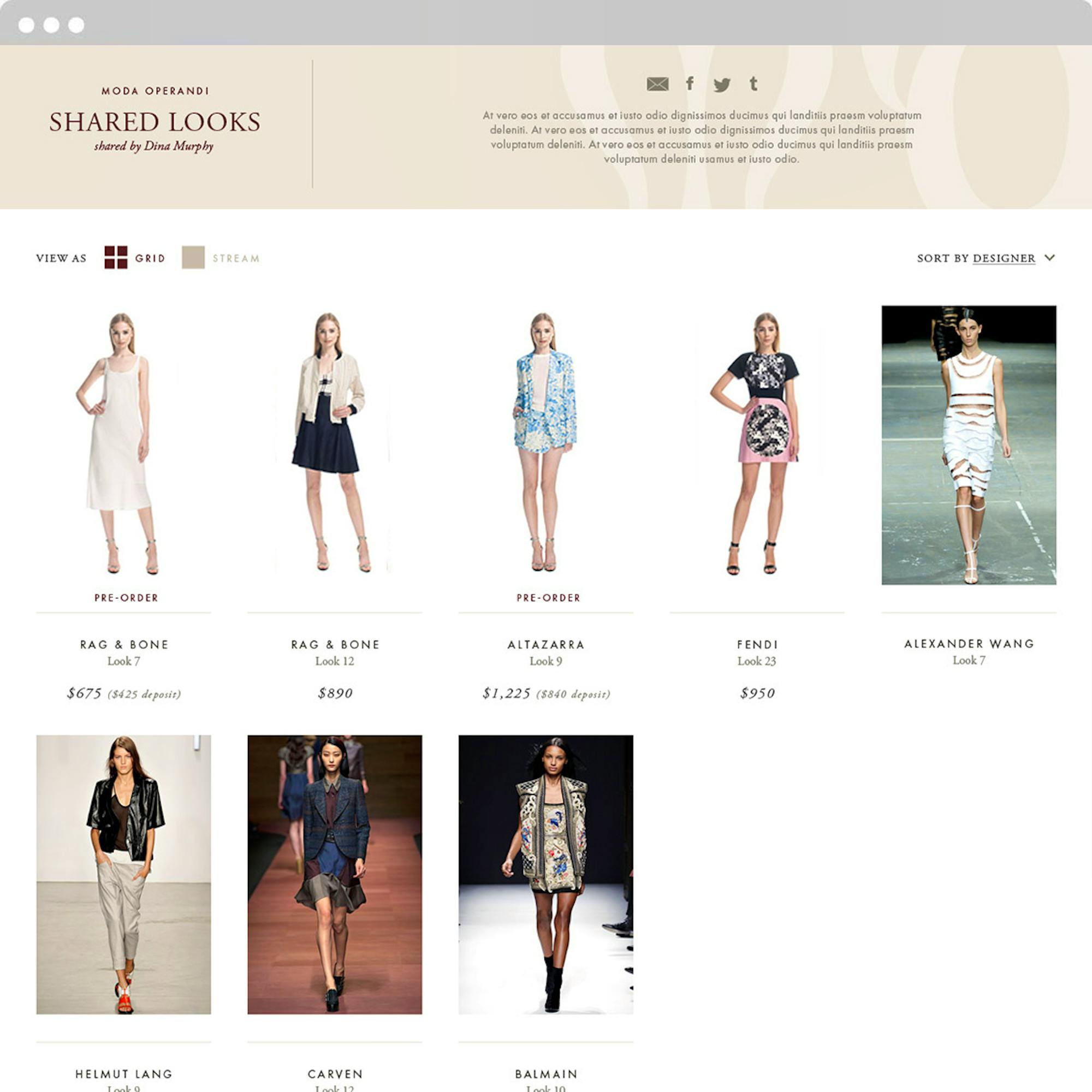
A Focus on Mobile
We knew our solution had to better facilitate the shopping experience on mobile and tablet; not just the desktop. So we created functionality that simulated a luxury in-store experience in the palm of their hand.
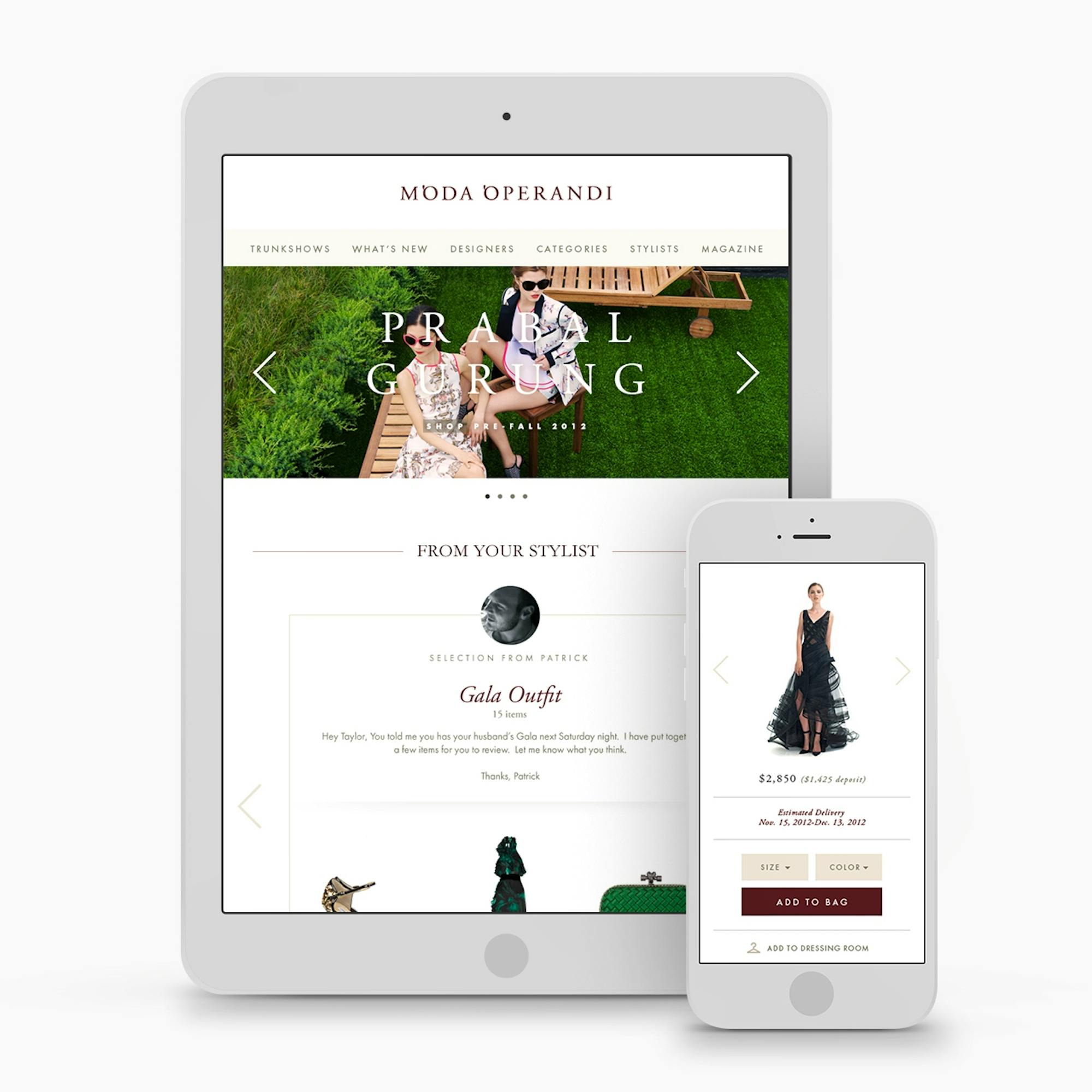
3
Merging Commerce and Curation
The solution that Code and Theory offered provided a novel new way for Moda Operandi to merge online commerce, content, and curation.
In an era where brick-and-mortar brands and online retailers compete for the same customer, differentiation is key. Generating a loyal base is more than just a powerful eCommerce platform, or integrating inspirational original content. Shoppers crave expert help and guidance.
The concept of “Boutique” was a tall order for an online-only luxury fashion brand, but Moda Operandi provided the necessary proving ground for such a unique approach.












